

DEI GUIDE FOR WALES' ENVIRONMENTAL SECTOR
A RACE & ETHNICITY
FOCUSED
REPORT Research by
Famke Brittles
. Supported by:
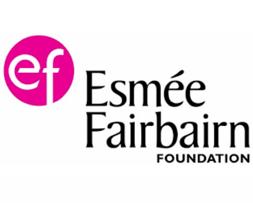
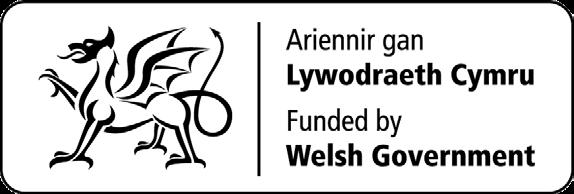

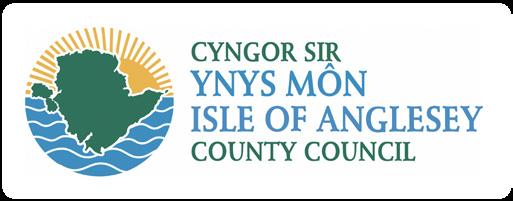
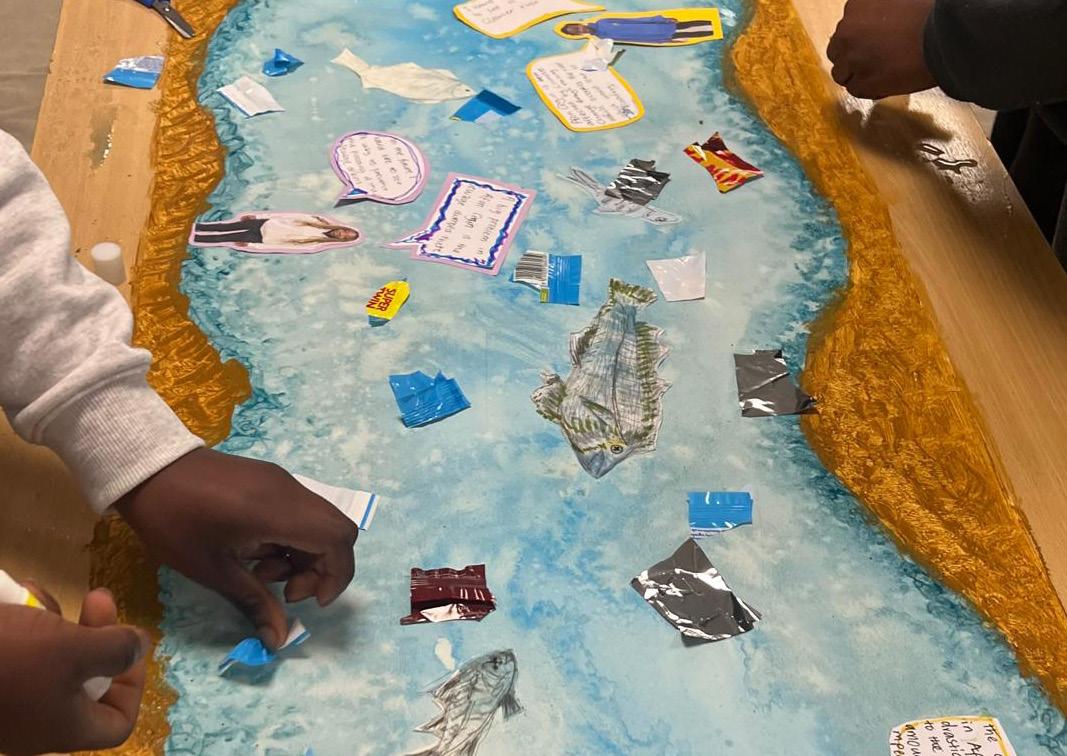
DEI GUIDE FOR WALES' ENVIRONMENTAL SECTOR A
RACE & ETHNICITY FOCUSED REPORT
Research & DEI leadership by:
Famke Brittles, DEI Officer at North Wales Rivers Trust
Strategic framework and recommendations authored by:
Laura Owen Sanderson, CEO of North Wales Rivers Trust
First published: July 2025
CONTENTS
INTRODUCTION
This research guide serves as a resource for environmental organisations seeking to enhance diversity, equity, and inclusion, addressing the lack of research on underrepresentation in the Welsh environmental sector. It examines the barriers faced by disadvantaged communities in accessing nature-based work and education.
Research & DEI leadership by:
Famke Brittles,
DEI Officer at North Wales Rivers Trust
Strategic framework and recommendations authored by:
Laura Owen Sanderson, CEO of North Wales Rivers Trust First published:
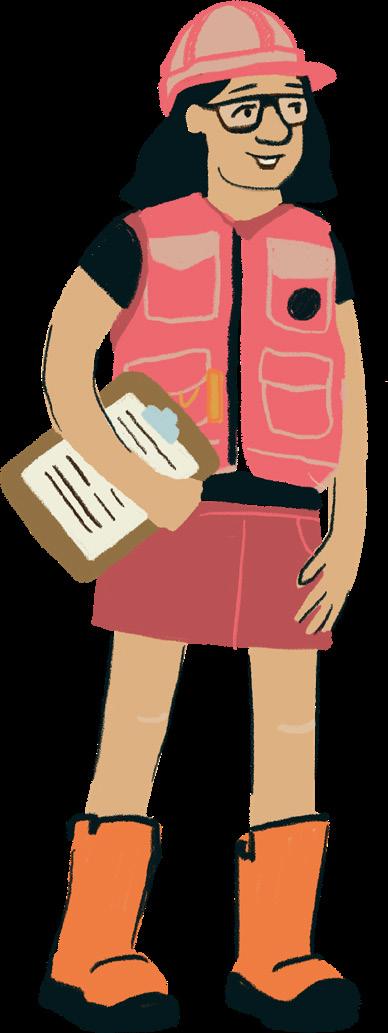
This report shares key findings and practical ideas to help address the challenges faced by ethnic minority communities in rural and coastal North West Wales.
It is based on open conversations and honest feedback from people living in these areas, and aims to support real, positive change. The consultation focused on three main goals...


Understanding where we are now – looking at background data and statistics to get a clear picture of the current situation.




2

Listening to local voices – hearing directly from individuals and groups from ethnic and racial minority backgrounds about their experiences.






3
Translating learning into action – Reflecting on what has been shared and turning insights into meaningful, actionable steps that environmental NGOs (eNGOs) can use to begin the journey towards genuine inclusivity.

During this consultation process, 123 individuals took part, with a further 78 people directly engaged through detailed focus group discussions, one-to-one conversations, and workshops. The consultation took place against the backdrop of farright riots occurring across the UK, adding urgency and weight to the voices and experiences shared.
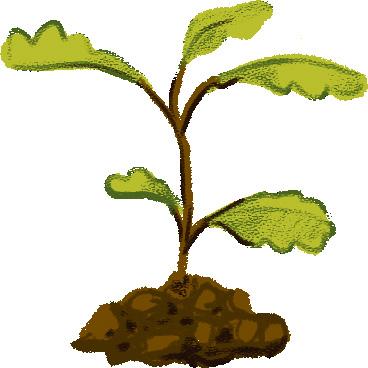



UNDERSTANDING DEI IN THE ENVIRONMENTAL SECTOR
UK-WIDE CONTEXT
The environmental sector is the second least diverse field in the UK (after agriculture), with only 4.8% of environmental professionals identifying as people of colour, compared to a 15% UK average across all sectors.
Additionally, geosciences (the study of Earth such as geology, geography and environmental sciences) rank as the least ethnically diverse discipline at the UK undergraduate level (2017 Policy Exchange report).

ENVIRONMENTAL SECTOR
AVERAGE ACCROSS ALLSECTORS
Survey results from members of the Ecological Society of America found that historically excluded groups of people including scientists of colour, LGBTQIA+ individuals, disabled individuals and women, were 1.5 times more probable to encounter negative workplace experiences and were more likely to consider leaving their workplace compared to their counterparts. Some issues highlighted were hostility, intimidation or bullylike behaviours, work devaluation and disparaging language (Primack et al 2023).
1.5 TIM ES
MORE LIKELY TO EXPERIENCE WOR KPLACE HOSTILITY
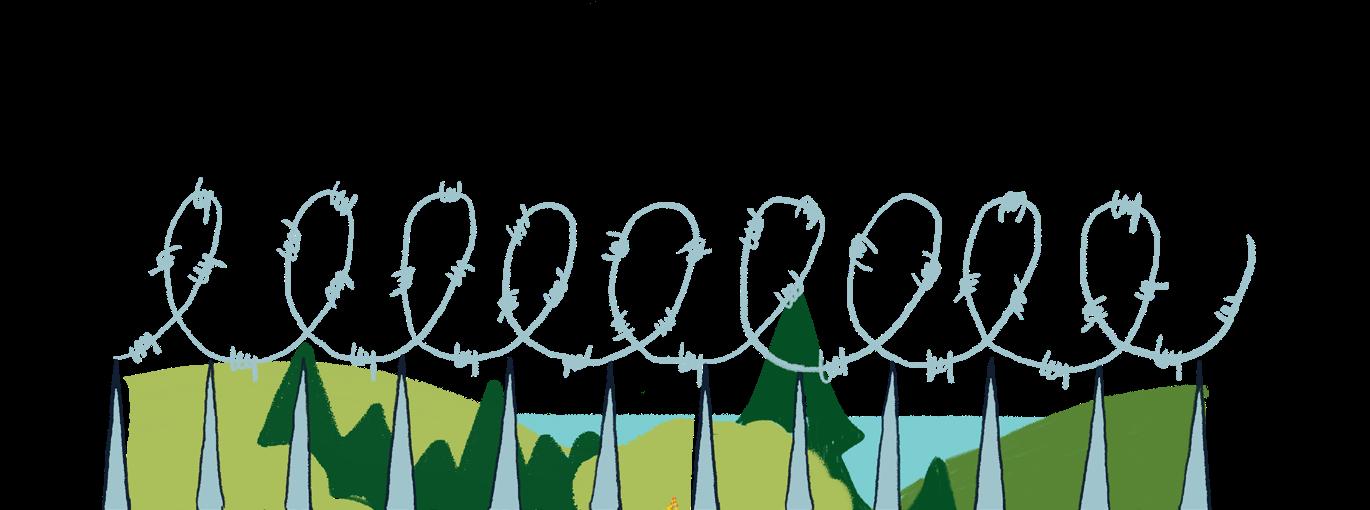
Additionally, there is often a lack of diverse representation in leadership and senior positions within scientific disciplines. Unsupportive and exclusionary work environments reduce equitable access to resources, opportunities, transportation, communication, and field staff (Nelson et al 2017).
FEELING UNWELCOME
CULTURAL & LANGUAGE BARRIERS
FINANCIAL CONCERNS
Previous studies have identified several barriers to accessing green spaces for ethnic minorities, including:
ECONOMIC & TIME CONSTRAINTS
LACK OF CONFIDENCE NEGATIVE PAST EXPERIENCES
FEAR OF RACISM AND SAFETY ISSUES
* Primack et al. (2017): Primack, R.B., Galluzzo, T., Rosenthal, S.A., Mariani, A., Mulligan, M., & Wilkinson, J. (2017). Do gender and race affect people's perceptions of conservation scientists?. Biological Conservation, 209, pp.343–349. https://doi.org/10.1016/j.biocon.2017.02.031
Nelson et al. (2020): Nelson, K.C., Weller, D.E., & Miranda, M.L. (2020). Environmental equity and public participation: Towards a framework for racial and ethnic inclusivity in conservation. Conservation Science and Practice, 2(10), e261. https://doi.org/10.1111/csp2.261
A CLOSER LOOK AT WALES
There is limited official data on the number of people employed in the environmental sector in Wales, making it difficult to accurately assess the diversity and inclusivity of the workforce. Sector-specific statistics for Wales are scarce, which presents a challenge in understanding both the overall representation and the barriers faced by underrepresented groups. This lack of comprehensive, disaggregated data restricts our ability to gain a full picture of how diverse the environmental sector workforce truly is, and the specific challenges that individuals from marginalised communities may encounter.

To address this gap, this report has used qualitative research methods — including focus groups, one-to-one interviews, and anonymous surveys — to amplify the voices of people from underrepresented communities. These approaches provide deeper, more nuanced insights into personal experiences and the lived realities of individuals who are often absent from official statistics. The feedback gathered through these methods reveals both systemic barriers and individual stories, helping to ensure that the perspectives of historically excluded groups are heard and represented.
DIVERSITY IN WALES: A SUMMARY OF 2021 CENSUS DATA
According to the 2021 Census, Wales has a population of approximately 3.1 million people. The ethnic composition is predominantly White, with diversity concentrated in urban areas:
Asian, Asian British, or Asian Welsh: 2.9% (89,000 people)
Mixed or multiple ethnic groups: 1.6% (49,000 people)
Black, Black British, Black Welsh, Caribbean, or African: 0.9% (28,000 people)
Other Ethnic Groups 0.9% (28,000 people)
By focusing on the voices of those who could be directly affected, this report aims to provide a clearer, more accurate picture of the state of diversity, equity, and inclusion in the environmental sector in Wales. This qualitative approach ensures that the specific barriers faced by marginalised communities are brought to light, guiding more targeted and effective actions for positive change.
DIVERSITY IN WALES: A SUMMARY OF
2021 CENSUS DATA
Although there is little sector specific data on the diversity of the environmental workforce in Wales, census data provides valuable context by illustrating the broader demographic makeup of the population. While it does not allow for direct comparisons with the environmental sector, it can help identify potential disparities in representation and indicate where targeted interventions may be most effective
ETHNIC DIVERSITY IN URBAN AND RURAL WALES: A SNAPSHOT
The map shows that Wales’ ethnic diversity is unevenly distributed, with urban areas generally more diverse than rural regions. This snapshot compares two cities—Cardiff, the most diverse city in Wales, and Bangor, a smaller university city— with two rural towns—Llangefni, one of the least diverse, and Haverfordwest, which reflects broader rural trends.
Haverfordwest, Pembrokeshire
(Population: ~14,000)
Haverfordwest, the county town of Pembrokeshire, reflects the broader demographic trends of rural Wales. Pembrokeshire as a whole has a population of around 125,000, with 97.6% identifying as White. While ethnic diversity has increased slightly over the past decade, it remains one of the least diverse regions in Wales. The largest minority ethnic group is people of Mixed or Multiple ethnic backgrounds, making up just 0.9% of the population.
Percentage of usual residents in wales identifying with an ethnic minority group by local authority (2021 Census)
Llangefni, Anglesey (Population: ~5,000)
Llangefni, a market town on the Isle of Anglesey, reflects the demographics of rural North Wales. The town and surrounding areas are among the least diverse in Wales, with 98.1% of residents identifying as White. Llangefni has a strong Welsh-speaking community, and migration from outside the UK has historically been low compared to urban centres.
Bangor, Gwynedd (Population: ~18,000)
Bangor, a small city in Gwynedd, is one of the most diverse urban areas in North Wales. Around 85% of its population identifies as White British, while 15% belongs to non-white ethnic groups. Its diversity is influenced by Bangor University, which attracts students and staff from a range of backgrounds.
Cardiff (Population: ~362,000)
Cardiff, the capital of Wales, is the most ethnically diverse city in the country. Around 19.2% of its population identifies as non-white, with significant communities of Asian, Black, and mixed ethnic backgrounds. 13
BARRIERS TO ACCESSING GREEN SPACES
A
ccess to green spaces is essential for the health, well-being, and overall quality of life of individuals and communities. However, numerous barriers prevent full engagement with nature, particularly for underrepresented and marginalized groups. These barriers can range from physical and geographical challenges to socio-economic, cultural, and institutional factors. Understanding these barriers is key to fostering inclusivity and ensuring equitable access to outdoor spaces for all.
“ 83% of White children had access to a garden or green space.
Only 57% of Black chidren had similar access. ”
- Youth Statistics (The Wildlife Trusts, 2022)


“Access to highquality green space is a fundamental determinant of wellbeing , providing both physical and mental health benefits, especially for those in disadvantaged communities.”
- Natural Resources
Wales (2021)

“11 million people in the UK live in areas with limited access to green space”
- Friends of the Earth (2021)
WHAT’S HOLDING ENVIRONMENTAL NGO’S BACK?
Key Challenges Faced by eNGOs in Advancing

Language and Communication Gaps
W
e spoke with a range of chief executives and operational managers from small and medium-sized environmental NGOs (eNGOs) working across rural and coastal Wales.
When asked about the challenges they face in improving racial and ethnic inclusivity, respondents painted a picture of a sector already under significant pressure — dealing with staff shortages, limited funding, and a lack of time to explore the deeper, systemic issues. Many raised concerns about the long-term sustainability of their work, while also describing the resistance they encounter when engaging with wider systems, decision-makers, and institutions.
Racial and Ethnic Inclusivity:
Information is often presented in technical or academic language, or only in English/Welsh, which can alienate people who speak other first languages or who are unfamiliar with the sector’s jargon.


Geographic Isolation and Transport Barriers
Historical Exclusion and Mistrust
Some communities may have had negative past experiences with institutions, or feel excluded from traditional narratives of “nature” and “conservation,” which can create mistrust or disconnection.
In remote rural areas, public transport is limited or non-existent, making physical access to events, jobs, or volunteering opportunities difficult for many — especially those without a car or facing economic hardship.

Lack of Representation in Local Populations
Rural and coastal areas of Wales often have lower ethnic diversity, making it harder for organisations to identify and build relationships with local minority communities.

Limited cultural awareness and training
Many staff and volunteers have not received training in cultural competency or antiracism, leading to uncertainty about how to engage inclusively and respectfully.

Staff Capacity and Resource Constraints
Small teams with limited funding and overstretched workloads often struggle to prioritise or properly resource inclusive engagement work.


Fear of Getting It Wrong

Some staff feel nervous about saying the wrong thing or unintentionally causing offence, which can lead to inaction or tokenistic approaches.
Funding Structures That Don’t Support Long-Term Inclusion Work
Short-term, project-based funding often doesn’t allow the time or flexibility needed to build trust with communities or support longterm inclusive practices.

Lack of Local Role Models or Champions
Structural Barriers Within Institutions
The absence of visible ethnic minority leaders or staff within the environmental sector in Wales makes it harder for young people to see a place for themselves.
Decision-making processes within eNGOs, funders, and partner organisations can be slow, hierarchical, or exclusive, limiting meaningful participation from underrepresented communities.
INDUSTRY ASSUMPTIONS
What we heard – and why it’s time to look again
I
n our NGO management consultation we discovered that many rural environmental groups assume there’s no ethnic diversity in their areas, but local data and lived experiences as outlined earlier in this report show otherwise - diverse communities are present, just often overlooked by typical outreach and engagement methods.
“There are no ethnically diverse people in our catchment, so DEI isn’t relevant to us.”

“There’s no-one here”
If you aren’t seeing diversity in your work, it’s likely not because it isn’t there—but because your outreach, access routes, or environments aren’t resonating. Inclusion takes intent—not assumption.
WHAT YOU CAN DO:
1
Know your patch –properly.
Use local authority data (e.g. Gwynedd, Conwy, Powys) to understand ethnic and linguistic diversity. Contact your local council’s equality officer, schools, or community health teams for anonymised insights.
3
2
Build trust before asking for involvement.
Show up without asking for input or partnership immediately. Attend community events as a guest, listen, and earn permission to co-create.
Go where people are.
Advertising solely through your own newsletter or Facebook page is not enough. Translate materials where needed, visit communities in person, use WhatsApp and religious or cultural centres.
FROM RACIAL EQUITY TO RACIAL JUSTICE
Why it matters for eNGOs in Wales
Lori Villarosa and Rinku Sen from the Philanthropic Initiative for Racial Equity (PRE) highlight the importance of moving from a racial equity lens to a racial justice lens when working towards meaningful change. This distinction is important for environmental NGOs seeking to deepen their commitment to inclusion.
For eNGOs in rural and coastal Wales — this means asking not just “How do we include more diverse voices?” but also:
A racial equity lens helps identify disparities and separate symptoms from causes. It focuses on fair access, treatment, and opportunity for all people, and is often a good starting point.
A racial justice lens, however, goes further. It looks at how power operates, calls for the redistribution of resources, and aims to transform the systems and structures that create inequality in the first place.
“How are we sharing power with the communities we want to serve?”
“Are our partnerships and fundingreinforcingstructures exclusion?”
“Who holds power and makes decisions in our organisation?”
A RACIAL EQUITY LENS A RACIAL JUSTICE LENS
• Analyses data and information about race and ethnicity.
• Understands disparities and the reasons they exist.
• Look at structural root causes of problems.
• Names race explicitly, when talking about problems and solutions.
Adopting a racial justice lens means shifting from treating inclusivity as an add-on or a tick-box exercise to embedding it in the core mission, governance, and operations of the organisation.
• ...adds four more critical elements:
• Understands and acknowledges racial history.
• Creates a shared affirmative vision of a fair and inclusive society.
• Focuses explicitly on building civic, cultural economic, and political power by those most impacted.
• Emphasises transformative solutions that impact multiple systems.
While this work is complex and long-term, it is essential if we are to build an environmental movement in Wales that is fair, resilient, and representative of all communities.
Grantmaking with a Racial Justice Lens: A Practical Guide written Rinku Sen and Lori Villarosa (2019) - Philanthropic Initiative for Racial Equity (PRE) p.10
LIVED EXPERIENCE & INSIGHTS
EXPLORING BARRIERS TO A MORE DIVERSE & EQUITABLE ENVIRONMENTAL SECTOR
SURVEY
... of respondents identified as ethnically diverse
An online survey was made available to the public for several weeks, widely advertised through posters and social media to ensure accessibility.
The survey aimed to collect confidential feedback on barriers to the environmental sector. Demographic data was also gathered to provide context for the responses.
The anonymous format was designed to create a safer space for participants to discuss sensitive topics and identify the resources and opportunities they need.
Although the online survey provided a useful starting point, its limitations became apparent during analysis. To explore the issues more meaningfully and hear people’s lived experiences in greater depth, we followed up with targeted in-person interviews.

29.6% 43%
... of respondents believed racial/ ethnic discrimination to have been a barrier in education or career development
59.2%
... of respondents believed where they grew up limited their opportunities to take part in nature
What is the best way to be contacted by organisations?

SOCIAL MEDIAS
Most popular answers
What barriers do you face in accessing green spaces or careers in the environmental field?


Most popular answers
What type of support/ resources would make it easier to access environmental spaces?
Free travel to volunteer days or stakeholder events
More awareness of events through a greater range and frequency of advertising
Funding for exhibitions, kit / internships / opportunities to gain experience
Most popular answers
How could the environmental sector be more inclusive?
• Secure long-term, reliable funding to support inclusive work.
• Provide regular, tailored training so staff have the knowledge and confidence to embed racial equity into their everyday practice.
• Target community involvement and outreach.
• Create paid entry-level roles for students.
• Provide targeted free activities for adults as well as children.
• Improve promotion of activities.
• Offer flexible, family-friendly volunteering.
SNAPSHOT INTERVIEWS
To better understand the barriers to inclusion and access, we visited the local street market in Bangor, North Wales, to engage directly with people from a variety of backgrounds. We conducted in-person interviews with individuals from diverse cultural, socioeconomic, and geographic contexts, spanning both rural and urban areas across North Wales.

These conversations revealed valuable insights into the factors that may contribute to underrepresentation or disengagement from nature-based and environmental career pathways.
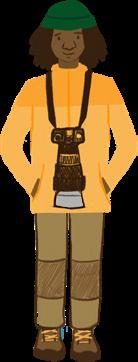
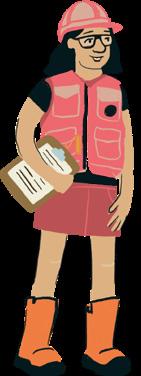

What emerged was clear: many people hold distinct perceptions of the environmental sector and face both practical and systemic barriers to engaging with it. These challenges must be recognised and addressed if we are to create truly inclusive access to environmental opportunities.
1 What environmental or nature-related jobs do you know about? Have you ever considered working in this field?
WE FOCUSED ON THREE GUIDING QUESTIONS TO HELP SHAPE OUR APPROACH:

2
Would you be interested in joining an environmental training or activity? Why or why not?

3
What can we do to make the environmental sector more welcoming and inclusive for people from diverse backgrounds?
Perceptions of the Environmental Sector
John associates the environmental sector with farming and has considered working in nature due to his love of peace and quiet. Living at the intersection of built-up, coastal, and countryside areas, he feels drawn to spending more time in natural spaces.
Interest in Training and Engagement
John expressed interest in participating in an environmental training program, particularly in understanding the logistics of how the sector operates. However, time constraints pose a significant barrier for him, as his business commitments are demanding. Any activities would need to be scheduled at convenient times to fit into his busy schedule.
Suggestions for Inclusion
To make the environmental sector more inclusive and engaging, John suggested fostering business collaborations between organisations and local partners. For example, linking environmental work with farmers’ markets or partnering with farmers could create networks that encourage broader community participation.
Name: John Location: Rhyl Heritage: Filipino


Name: Sarfaraz
Location: Bangor
Heritage: Indian

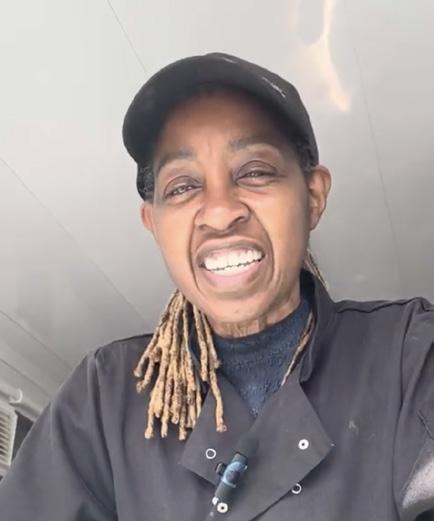
Perceptions of the Environmental Sector
Sarfaraz, a tech shop manager with Indian heritage based in Bangor, has not previously engaged with the environmental sector. However, he enjoys gardening and planting trees, which aligns with his interest in nature.
Interest in Training and Engagement
Sarfaraz is keen to participate in environmental training activities during his free time. With a master’s degree in management, he is particularly interested in learning about land and woodland management. The main barrier for him is balancing his free time, as he enjoys traveling and exploring. He would be more inclined to participate in activities that offer opportunities to visit new locations, ideally with transport provided.
Suggestions for Outreach
Sarfaraz emphasized the importance of environmental education and outreach within underrepresented communities. He suggested leveraging social media to connect people across rural Wales and using leaflets to distribute information about campaigns and events to residential areas. Direct communication with rural communities about upcoming events would also encourage participation.
Name: Pauline
Location: Harlech
Heritage: Jamaican / British


Perceptions of
the
Environmental Sector
Pauline immediately associated the environmental sector with farming and said it doesn’t appeal to her. She sees a stark contrast between how nature is valued in the UK and the West Indies—where it’s central to daily life and survival. In the UK, she feels a “broken system” fosters disconnection from nature.
Interest in Environmental Activities
Pauline enjoys growing her own seeds and producing organic food but is often held back by a lack of free time.
Challenges and Opportunities
She sees a need for Afro-Caribbean communities in North Wales to connect and support one another. Pauline believes environmental organisations could help create these spaces. She also noted economic pressures, with many parents favouring financially stable careers over environmental work, which limits long-term involvement in the sector.
Scan the QR code to hear Pauline talk about her experiences



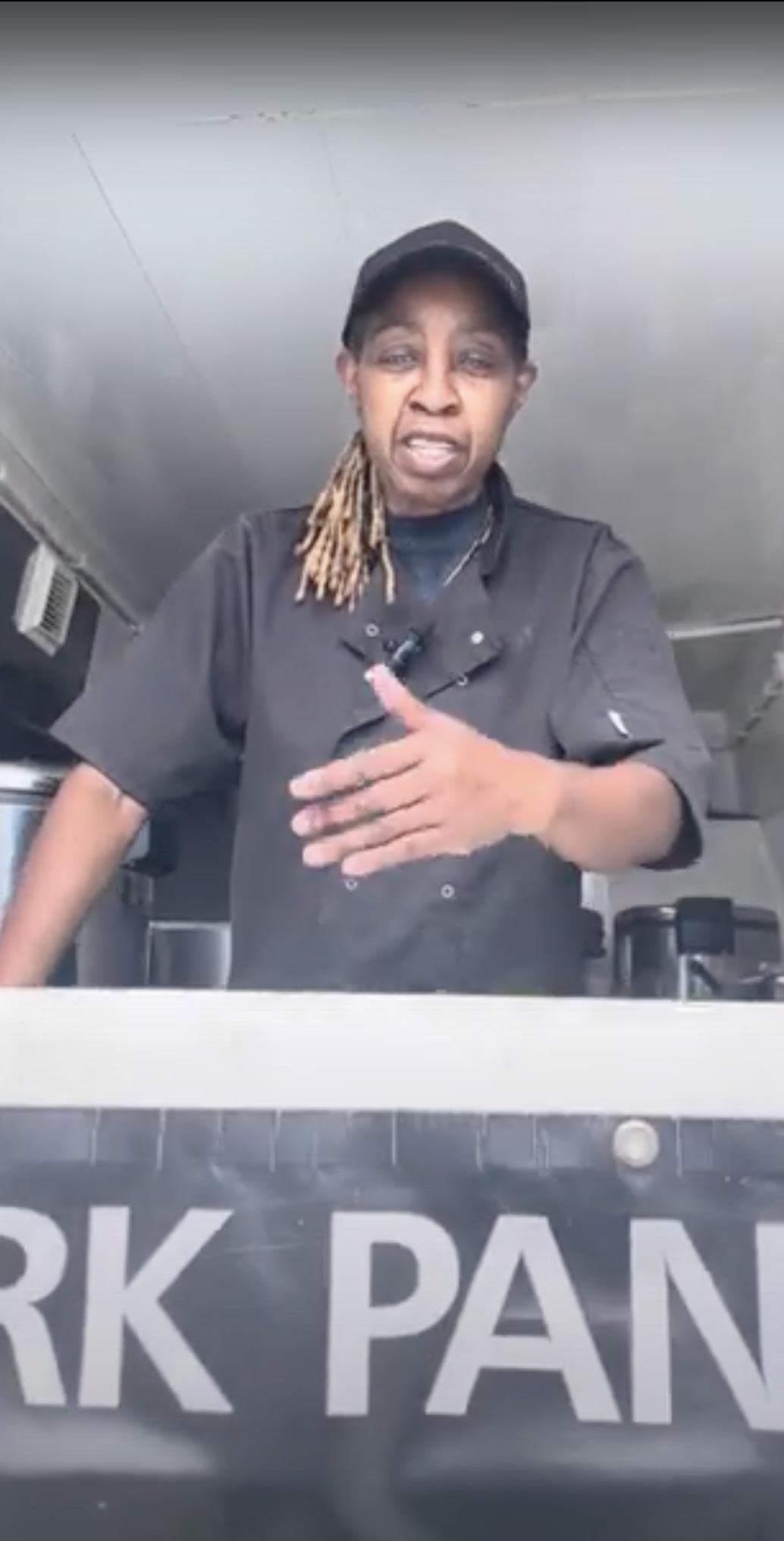

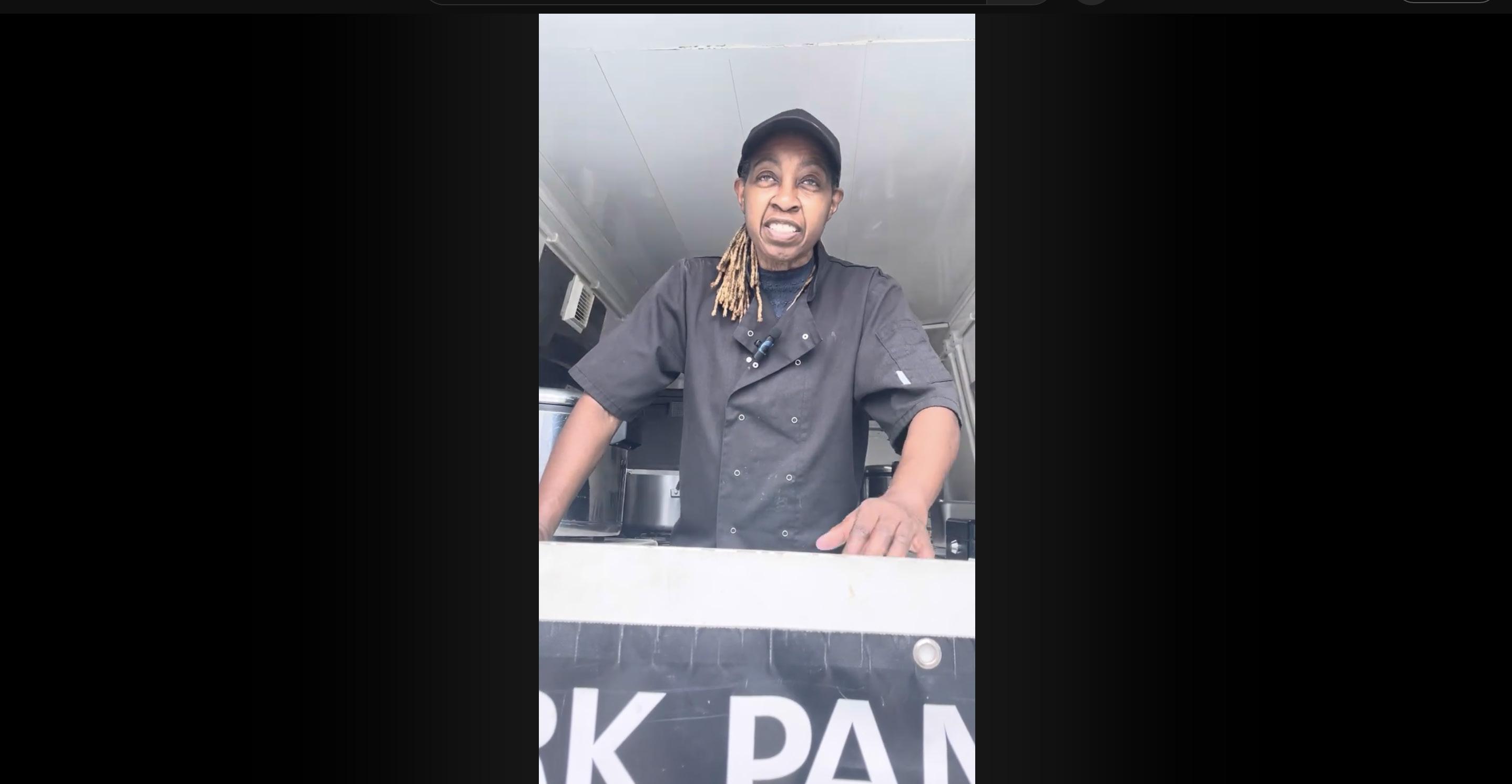


Name: Cella
Location:
Holyhead, Ynys Mon
Heritage:
Nigerian / British
Perceptions of the Environmental Sector
When Cella thinks of careers in the environmental sector, organisations like the RSPCA, working with birds, and park warden roles come to mind. However, she had not heard of smaller local organisations such as the North Wales Rivers Trust. Cella expressed an interest in working with animals in sanctuaries and said she would consider a career in the sector.
Interest in Training and Engagement
Cella is open to participating in environmental training programs and trying new experiences. However, she made it clear that she has no interest in paperwork, preferring hands-on engagement instead.
Challenges and Calls for Action
Cella strongly believes that environmental organisations need to advocate for vulnerable communities that have been ignored or silenced. She highlighted the example of Anglesey’s Penrhos Coastal Park in Holyhead, where land that was initially meant to be gifted to the community for reforestation following aluminium pollution was instead sold to a property developer for a leisure village. She criticized the council for prioritizing business and financial investments over the interests of young people and the community. In her view, environmental organisations should step up to address environmental injustices like this, build relationships with communities, and become allies rather than bystanders.1
“Environmental education needs to reach underrepresented communities — especially through social media and trusted local leaders.”
(On outreach strategy)
“I’d consider a career in the sector — I just hadn’t heard of local organisations like North Wales Rivers Trust before.”
(On visibility and awareness)
“There’s a need for Afro-Caribbean connections in North Wales — to support one another and be visible in these spaces.”
“There’s a broken system in the UK. In the West, nature is disconnected from daily life and survival.”
“I’d be more likely to get involved if it took me to new places — and if there was help with transport.”
(On how environmental values differ across cultures) (On representation and support networks) (On practical access and engagement) ( On accountability and action)
“Environmental organisations should stop being bystanders and start addressing injustice. They need to become allies.”
“That land was meant to go to the community — but it was sold to a property developer. No one consulted us.”
(On environmental injustice and lack of community voice)
FOCUS GROUPS
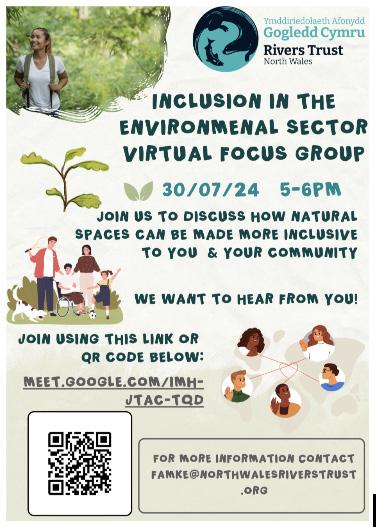

To build on our initial findings, we hosted a series of in-depth focus groups, both virtually and in person. Each session brought together small groups (three or more participants) to spark open, honest conversations and explore the challenges in greater depth.
We made accessibility a priority by offering a range of participation formats, mindful of people’s time, travel needs, and access to technology. This flexible approach allowed us to hear from a wider variety of voices — not only from local Welsh communities, but also from participants based in other parts of the UK, adding richness and national context to our understanding.
Two virtual focus groups connected individuals from both rural and urban areas. We asked five key questions focused on access to green spaces, barriers to environmental work, and what inclusive environmental futures could look like. What emerged were honest reflections, shared frustrations, and a strong desire for change — including calls for greater visibility, trustbuilding, paid opportunities, and better cultural representation in the sector.
Our 5 key questions:
1
1 What careers do you know of in the environmental sector? Have you ever explored a career in the environmental sector?
2 Did you grow up in an urban or rural area? Did this affect your participation in nature-based volunteering/work/education?
3 What reasons may there be for the lack of diversity in the environmental sector?
4
How can we engage marginalised groups in the environmental sector and remove barriers limiting their interaction in environmental spaces?


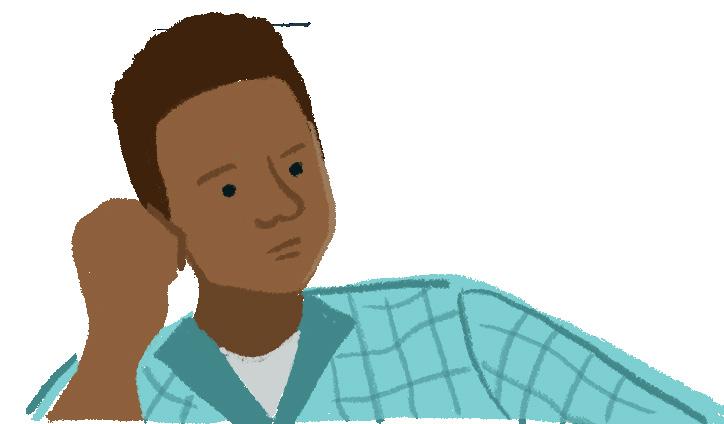
5 What forms of contact are most accessible for you or your community? (social media/ radio/ email/ posters/ word of mouth/ community billboards/ other?)

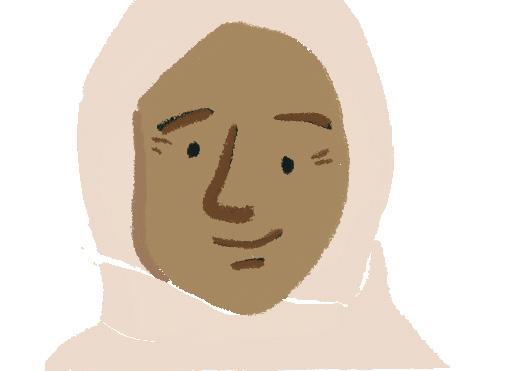

Video 2
1
1 What careers do you know of in the environment sector? Have you ever explored a career in the environment sector?
“It’s rewarding, physical, and clears your head” – Curtis
“I had to actively seek out nature. It wasn’t around me.”
– Jacob
2
Challenges faced by individuals raised in urban environments
Lack of services like guides, signage, and beginner resources limited access.
Rural programmes should offer maps, video guides, and newcomer-friendly support access.


“It’s seen as something you do for free - not a real job.” – Ashley
Safety concerns: Joe felt unsafe as a gay person of colour in rural green spaces — highlighting how racism and homophobia can compound exclusion.

Cost & transport were major barriers, especially in rural areas.
What reasons may there be for the lack of diversity in the environmental sector?


Lack of access to nature
Limited access to green spaces lowers interest in nature-based careers.
Transport costs and lack of local programmes create further barriers.


Feels distant from real-life priorities
Environmental issues are often seen as unrelated to immediate concerns like housing, income, or health.
The sector rarely presents messages or opportunities in culturally relevant or practical ways.





Not feeling included
Inner-city, disabled, and minority communities often feel disconnected from nature.
Environmental work is often seen as low-paid or only for the middle-class or privileged.
Physical & Structural Barriers
Many outdoor sites are not disability accessible.
Marginalised groups often lack community-based environmental opportunities.

Concern for personal safety
Racism, homophobia, and social exclusion deter people from marginalised groups in rural or outdoor spaces.
Lack of representation and career pathways
Few visible role models from diverse backgrounds in the sector.
Limited job training or career pathways for underrepresented groups.
Many feel unsafe or unwelcome in traditional environmental settings.
How can we engage marginalised groups in the environmental sector?
Go to where people are: Partner with grassroots groups and host inclusive, cocreated events.
Make outdoor access inclusive: Enable people with disabilities to join hikes, volunteering, and nature-based activities.
Go beyond PR: Embed real DEI practice through transparent hiring, training, and representation.
Integrate with everyday life: Connect environmentalism to housing, arts, food, and cultural identity.
Create safe, accessible spaces: Use digital tools and real-world venues designed for comfort and belonging.
Design with care:
Host events specifically for marginalised groups, with childcare, incentives, and community benefits.
Link nature wellbeing:toFrameactivitiesenvironmental around mental health, creativity, food, or fun.
Educate and inspire: Show that environmental work can be enjoyablemeaningful, — economicallyand sustainable.
5What forms of communication are most accessible for you or your community?

Social media:
Widely used, especially by younger audiences.

Word of mouth: trusted and effective in close-knit or rural communities.
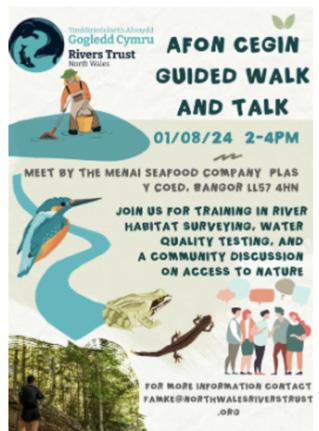


Posters and community noticeboards: in high-footfall areas like shops, bus stops, and libraries.
This summary condenses key points from conversations. To hear the full perspectives and personal experiences shared in the focus group, watch the video.

Local radio: Particularly accessible for older generations. Schools and education centres: important hubs for reaching families and young people.

UNDERSTANDING LIVED EXPERIENCES
In-depth interviews:
To deepen our understanding of the challenges faced by individuals within and outside the environmental sector, we conducted a series of in-depth one-to-one interviews.
These interviews explore both the barriers encountered by those already working in the sector and the perceptions and experiences of those unfamiliar with it. Through this process, we identified key themes, discussed potential solutions to address the challenges, and highlighted positive aspects.
Johnathon
, 24 Conservationist and wildlife enthusiast, educational content creator
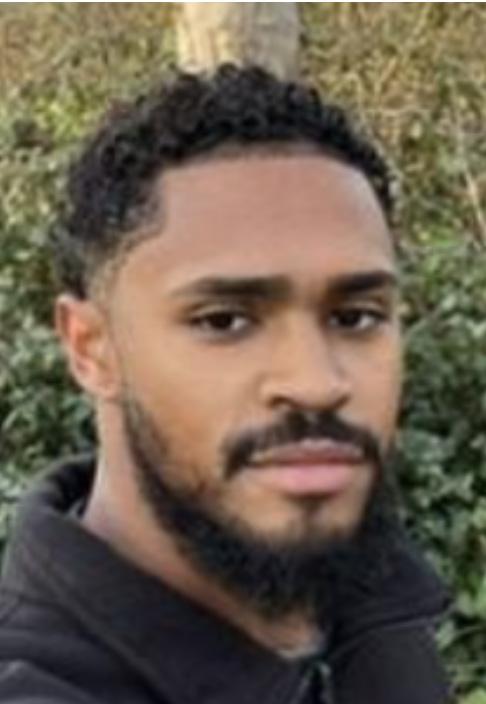




Nature Connection: Loves walking, cycling, skating outdoors, and observing birds, fish, and insects. Childhood fascination with exotic animals and bones sparked her passion for zoology.
Current Role: Intern at Synchronicity Earth, working on global freshwater/ocean conservation with Indigenous communities.
Passion: Inspired by evolution and adaptation — sees ancient organisms as keys to understanding both nature and human history.
Career Journey:
• Transitioned from retail and finance to conservation through university, traineeships, and social media wildlife content.
• Gained core skills via London Wildlife Trust’s ‘Keeping It Wild’ – from community engagement to comms.

Barriers Identified:
• Qualifications & gatekeeping: Entry-level roles often require degrees and unpaid volunteering, limiting access.
• Low pay: Environmental roles are undervalued financially, despite their importance.
• Isolation: Felt like the only Black male interested in wildlife growing up; few role models in the sector.

Systemic Solutions
• Push for top-down change: Sector leadership must prioritise DEI, not just individuals.
• Focus efforts on disadvantaged areas: Bring nature access, workshops, and fieldwork to overlooked communities.
• Expand traineeships and revise school curriculums to reflect diverse nature stories and careers.
• Celebrate uniqueness: Make diverse identities feel welcomed, not exceptional.
Lershae, 25 Lives in Bangor, North Wales, though she grew up in Manchester Heritage: Jamaican
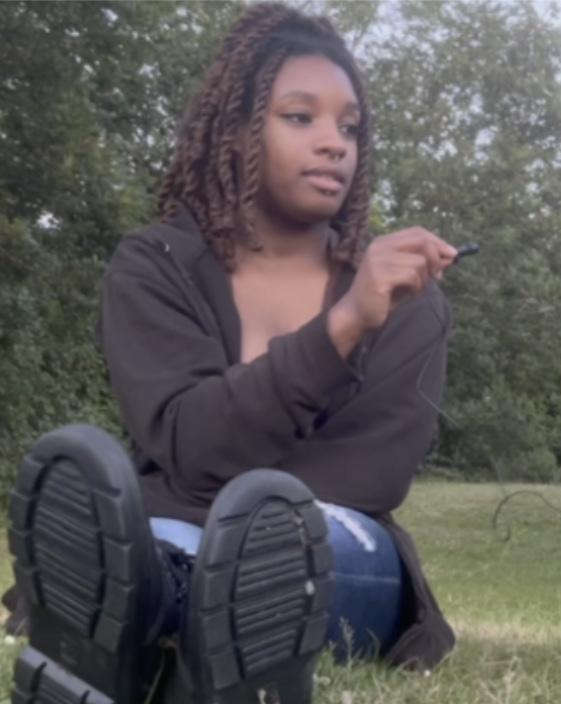


“Diversity means learning new perspectives that you may have never experienced... it means being able to grow.”
- Lershae


Access Barrier: No car = limited access to nature. Calls for better public transport.
Lived Experience: Faced microaggressions as a neurodivergent Black girl; nature wasn’t visible or accessible growing up.



Interests: Passionate about music, but inspired by botanical gardens to apply to the National Trust. Finds nature grounding and ADHD-friendly.
Urban Inequality: Highlights how urban development reduces green space for minority communities.
Engagement Tips: Wants welladvertised, inclusive, affordable events with activities for all ages.
To attract more diverse communities, organisations need to ensure they have diverse experts and relatable role models. As Lershae puts it, “It is so beneficial to see yourself in a position you may have never seen before... to know, Okay, I can do it.”
- Lershae
Scan the QR code to hear Lershae talk about her experiences


Joe, 20 Environmental Conservation graduate, raised in the rural Peak District Lives in Bangor
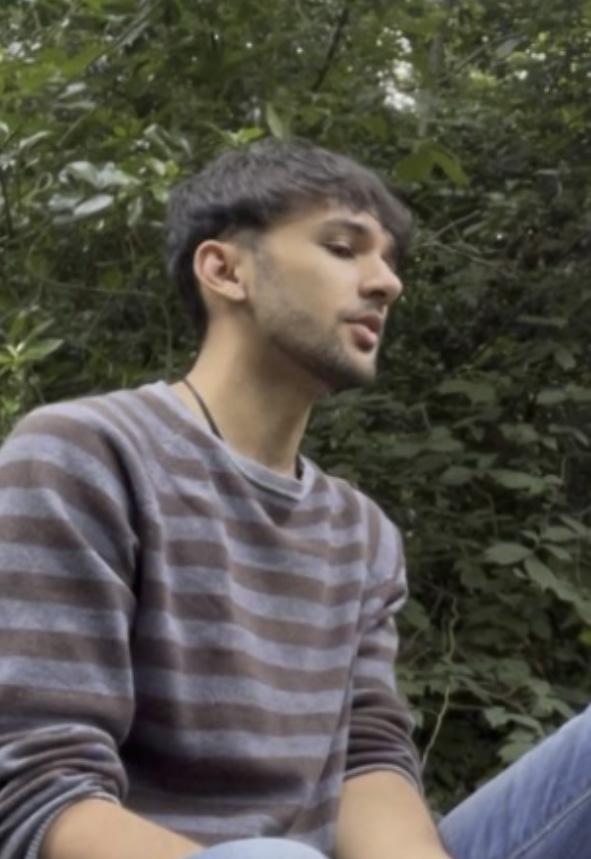


Joe’s main challenge in accessing green spaces and environmental work is transport. Without a car, his employment opportunities are limited. primarily due to financial constraints and the difficult bus system in rural North Wales.


Early Connection: : Developed a love for mountains and nature growing up in the countryside.
Career Views: Sees the sector as consultancy-heavy and hard work-focused, but values the positive impact nature can have on well-being.
Barriers Faced:
• Faced racism at school as the only mixed-race student.
• Felt alienated at university, particularly by lecturers whose values clashed with his (e.g. hunting culture).

Access Challenge: Lack of transport limits job options — rural North Wales has poor public transit and low pay, making car ownership hard.

Inclusion Insight: Wants open, stigma-free dialogue in the sector and more diverse staff and media representation to create safer spaces.


Stephanie, 21 Nature enthusiast and aspiring zoologist, with a passion for cichlids and biodiversity
Studying zoology in Bangor, from London
Heritage: Guinea-Bissau
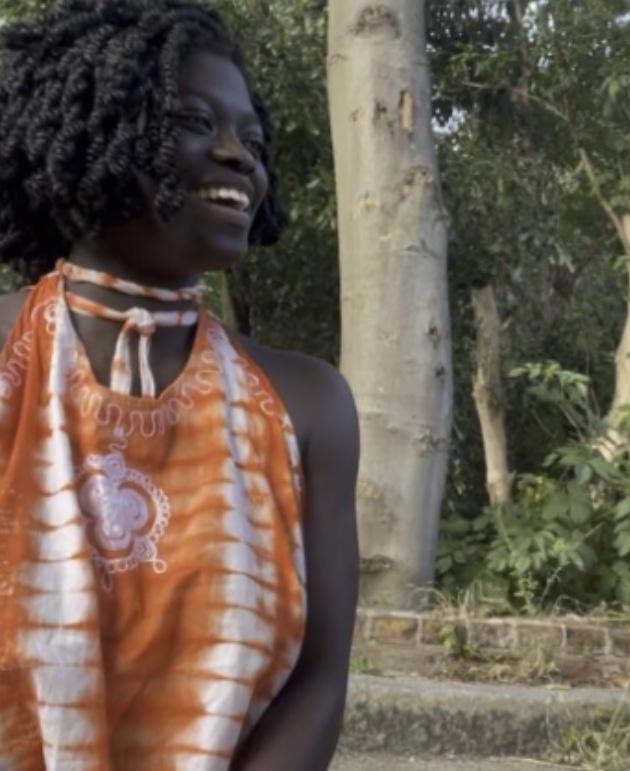


Regarding diversity in the environmental sector, Stephanie notes a significant lack of awareness about environmental careers. Environmentalism is often perceived as a ‘white job’.



Nature Connection: Loves walking, cycling, skating outdoors, and observing birds, fish, and insects. Childhood fascination with exotic animals and bones sparked her passion for zoology.
Urban Barriers: Noise, light, and pollution make urban green spaces feel uninviting. City life disconnects her from the land and seasonal changes.
Access in Wales: Lack of a car and poor public transport limits access to rural nature in Wales.
On Diversity & Representation :
• Feels the sector is often seen as a “white job” and not prioritised in some immigrant communities, where medicine or law are considered more viable.
• At university, she was one of only three people of colour in her classes; most staff were white and male.
• Missed representation: She wasn’t taught about POC zoologists or naturalists and sees a real lack of diverse role models in education and media.

Solutions & Engagement Ideas:
• Promote environmental careers through schools with diverse role models across topics.
• Raise awareness of high-level and business-related roles within the sector to challenge career stereotypes.
• Reach marginalised communities by: 1. Advertising events in local parks and public spaces during summer. 2. Going to neighbourhoods directly for feedback and co-creation of programmes. 3. Making decision-making more community-led and inclusive, especially in city centres
Scan the QR code to hear Stephanie talk about her experiences
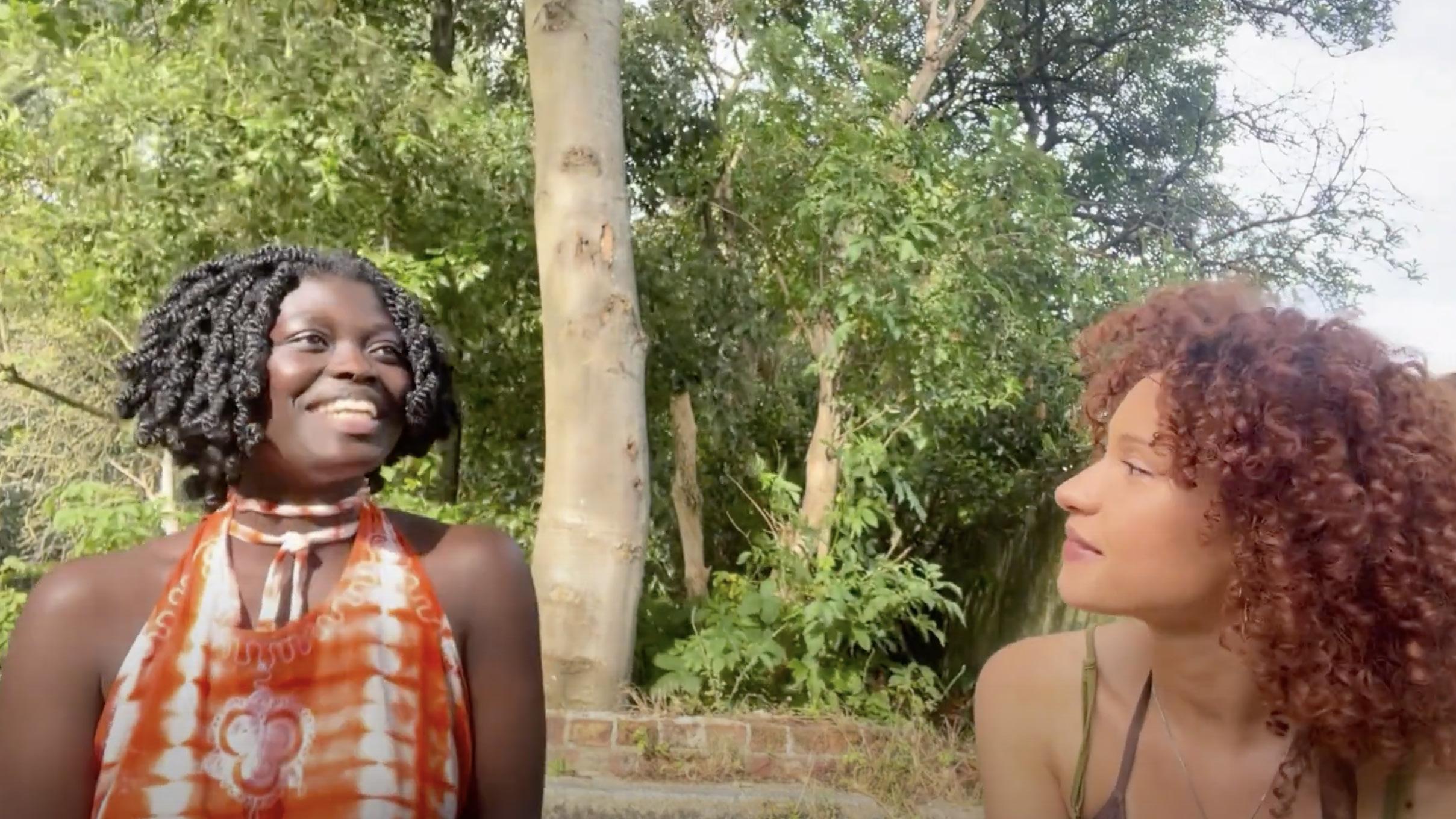


Chad, 25 Marine biologist and zoologist Heritage: Jamaican

For Chad, a welcoming environment is largely determined by the attitude of the staff. A warm reception at work or events is key to feeling comfortable.

Nature Roots: Grew up closely connected to nature in Jamaica — sparked his passion for wildlife and conservation.
Student Experience: Often the only person of colour in lectures, which has affected his comfort and attendance.




Career Interests: Drawn to wildlife media, zoo work, and hands-on conservation.
Barriers: Mental health and anxiety may limit participation in training or programmes.
Engagement Tip: Environmental orgs should actively connect with student groups of colour to improve outreach.
Inclusion Insight: A welcoming space depends on staff attitude. Anti-racism and inclusion training is key.
Jetta, 21 MSc Entomology student, aspiring museum curator with a passion for insect conservation
Heritage:
Welsh and AngloIndian
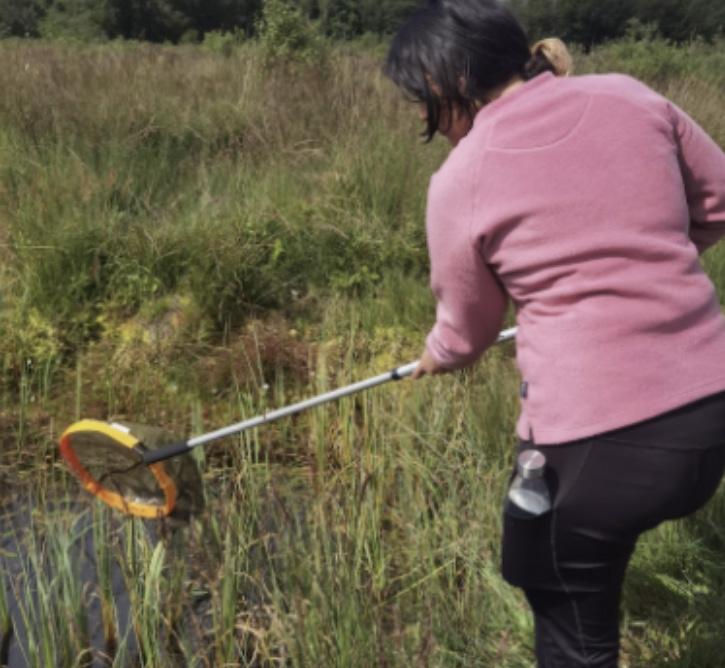





Career Goal: Wants to manage insect collections in museums, focusing on wasps as natural pest controllers in agriculture.
Academic Path: Studied Wildlife Conservation, now completing a master’s in Entomology.
Barriers Faced:
• Financial constraints limited access to placement years and training.
• No car or licence = reduced mobility and fieldwork access in rural areas.

• Suggests better bike routes, carpooling, and networking events to share fieldwork contacts beyond personal networks.
Supportive Opportunities
• Hands-on experience through Bioblitz, Duke of Edinburgh, and student-led societies.
• Encouraging academic staff helped her build confidence and connections. Diversity & Inclusion
• Noted a lack of diversity in the field, which makes it harder to relate to peers.
• Motivated to be a role model for others and increase representation. Recommends:

• DEI training for staff
• Diverse leadership
• Accessible events via public transport, inclusive communication (captions, newsletters, socials)
• Wheelchair-friendly routes and multiple access formats
Scan the QR code to hear Jetta talk about her experiences
COMMUNITY CONVERSATIONS
Exploring barriers and opportunities in Wales
To gain real insight into the experiences of local communities in Wales, we ran four engagement events. This included one open session on diversity in the environmental sector, and a more focused workshop held at the North Wales Africa Society’s community base.
These different formats helped us test what actually works to build trust and participation. Crucially, they revealed clear barriers—like transport, confidence, and lack of targeted outreach—that are often overlooked or misunderstood by organisations. They also gave us a clearer picture of where people are starting from and what support is really needed.
Trialling different engagement approaches: what worked, what didn’t
To better understand how to engage underrepresented communities in the environmental sector, we trialled four different types of engagement events. Each format was designed to test different levels of openness, setting, and audience familiarity, allowing us to explore what builds trust and where barriers still exist.

1. Listening session
We began by attending a closed-group session with a community group focused on climate issues. This was a listening and relationship-building event held in a trusted community space. It gave us the opportunity to get to know the group, understand key concerns, and introduce our work in a non-pressured environment.


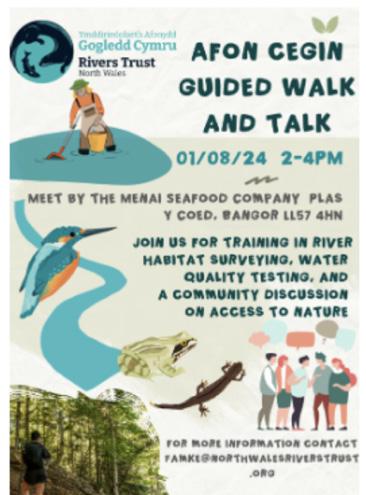

2. Open public river walk event:
Following the session, we invited attendees to a wider river walk open to the general public and advertised across our channels. Several participants signed up during the previous event, showing clear interest. However, closer to the date, they withdrew due to last-minute work and childcare commitments— highlighting that even motivated attendees face real-life barriers to participation when events are not tailored to their needs.


3. River art workshop in a community Space:
We then held a closed-group children’s river workshop directly in the groups community building. This event had a strong turnout and was well received by both children and parents. The familiar setting, targeted format, and accessible timing helped build trust and laid the foundation for future partnership work.


4. Snorkel survey event –a missed opportunity:
We also invited NWAS participants to one of our regular snorkel survey sessions. While there was high interest, we hadn’t accounted for the fact that some participants had never learned to swim and they thought this would be provided. This meant they couldn’t safely take part—a valuable reminder not to assume everyone shares the same baseline skills, especially when offering specialised activities.
Case study 1
Creative workshop with North
Wales Africa Society Building relationships and attending an event as participants to get to know the group.

Format: Art-based workshop exploring activism, identity, and local colonial history (e.g. HM Stanley statue)
Activity: Participants designed monuments celebrating people of colour
Location: Held at NWAS community space — safe, familiar, and locally accessible
Turnout: Well-attended by community members, with participants highlighting the value of being in a safe space among people with shared lived experience
Engagement: In-person focus group held during the creative session, using 3 guiding questions
Key Conversations:
• Reflections on safety, identity, and racism
• Discussion of recent hate crimes and rising far-right activity (Aug 2024)
• Participants felt safer in Wales than in larger English cities
• Younger attendees were highly aware of these issues via social media
• Interest in signing up to our wider river walkover event.
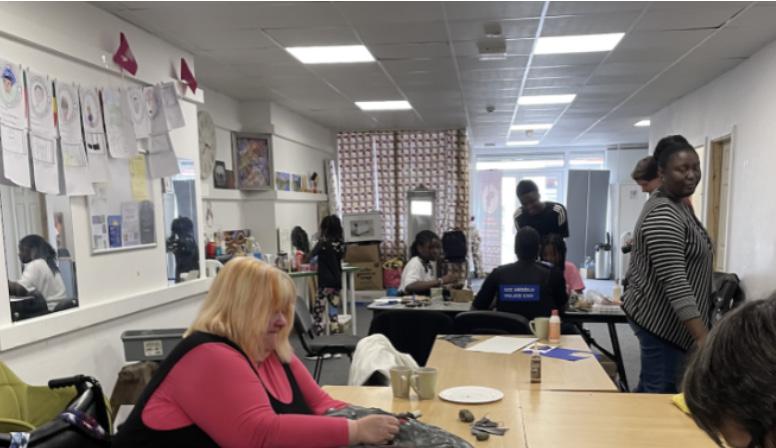
EVENT 1

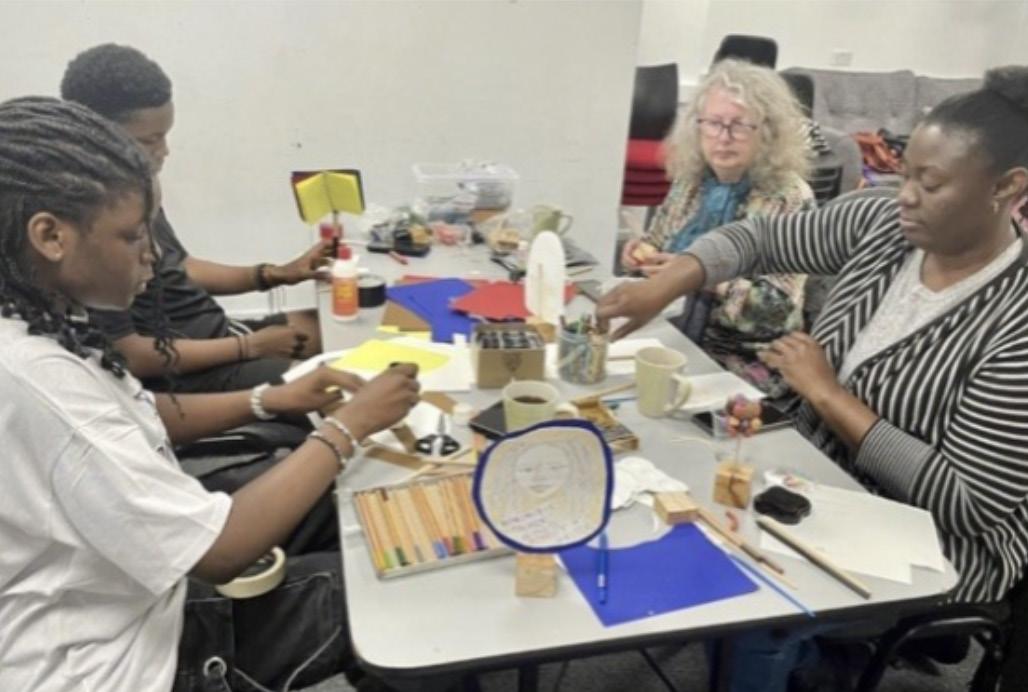


Case study 2

Guided river walk (Cegin Valley)
This was an open event to all in the community and we had signs up from our previous workshop. However they were unable to attend.
Format: Family-friendly, educational walk on river ecology, INNS, and water testing
Promotion: Shared via social media, posters (urban/rural), and direct invites to diverse community contacts
Attendance: All attendees were white; no people of colour attended despite confirmed interest
Barriers Identified for non attendance:
• Schedule conflicts (e.g. shift changes)
• Last-minute dropouts
Insight: Even friendly, open events can miss the mark with ethnically diverse communities if there isn’t some upfront, tailored outreach or time spent building relationships first. This needs to be more than an introduction session.
Case study 3 River art workshop (Ages 4–16) at Bangor African and Caribbean Centre
We designed and created a river workshop at the groups community premises. This was well attended.

Format: Creative workshop engaging children with local river issues through art and discussion
Activity: Participants designed a river, wrote wishes for its future, and learned about pollution, sewage, and climate change
Topics Covered:
• Climate change awareness (even among youngest attendees)
• Pollution, sewage flooding, and fish population decline
• Children expressed strong advocacy for cleaner, healthier rivers
Turnout: High attendance, likely due to:
• Saturday timing
• Familiar, safe venue (BACC)
• Age-inclusive, hands-on format with art supplies provided
Accessibility: Parents felt confident leaving children in a trusted community setting
Promotion: Advertised via North Wales Africa Society, directly reaching local families
Insight: Community-based, closed-group events in familiar spaces generated stronger engagement than open-access, travel-dependent ones
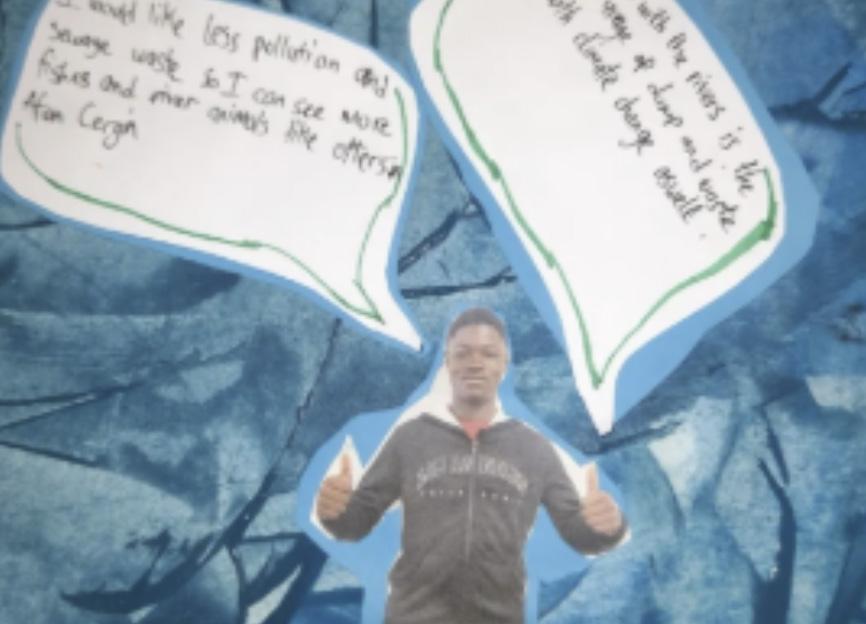
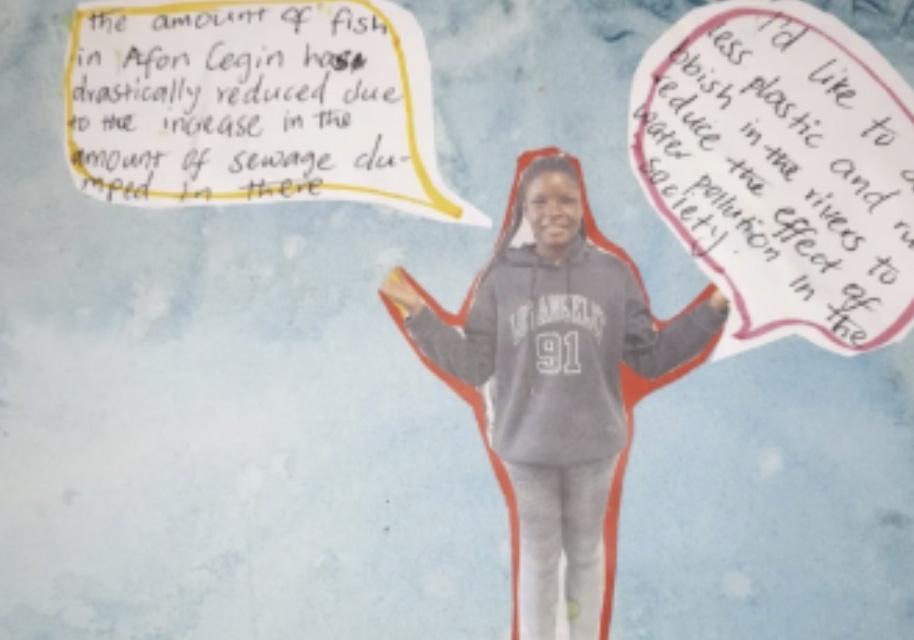


Case study 4
Community snorkel event invitation

We extended an invitation to North Wales Africa Society (NWAS) members to join one of our regular snorkel survey workshops, aimed at engaging communities with rivers through inwater exploration and biodiversity recording.
Activity: Participants were invited to take part in guided snorkel sessions to explore local freshwater habitats, supported by trained staff.
What Happened: While several NWAS participants signed up enthusiastically, many later reached out to ask whether swimming lessons or water confidence training would be provided—highlighting that some attendees couldn’t swim. This revealed a key assumption: we hadn’t considered that not everyone would have basic swimming skills or that access to swimming skills might be culturally/resource dependant.
Barrier Identified:
• Absence of prior swim instruction
• No prior experience in open water
• Missed opportunity due to activity-specific access needs
Insight: High interest doesn’t guarantee accessibility. We must stop assuming shared starting points. For many communities, especially those underrepresented in the environmental sector, there are unseen barriers like swimming, driving, or prior exposure to outdoor activities.
Recommendation:
• Offer water confidence and swim training in advance of future snorkel or in-water sessions.
• Partner with local leisure centres or Swim Wales to bridge the skills gap before delivering water-based activities.
Learning Point: Enthusiasm was high, but assumptions about skill level created unintentional exclusion. Future inclusion means meeting people where they arenot where we expect them to be.
Key insight:
Trust, familiarity, and belonging drive engagement.
Our events highlighted a consistent pattern:

Turnout was significantly higher when activities were held in familiar, community-led spaces with people participants already knew and trusted. In contrast, attendance at broader, open-invitation events was lower, with common barriers cited including last-minute work scheduling and transport difficulties.
This suggests that to build genuine inclusion:
1
Environmental organisations must start by working within closed or communityspecific groups, offering welcoming, naturebased activities where people feel safe, seen, and valued.
2
Only once trusting relationships are established should these efforts be gradually extended into broader programmes. Inclusive engagement must be built, not assumed— starting with presence, listening, and sustained partnership.

The environmental sector has the power to bring people together, inspire action, and create meaningful change— but only if everyone has a seat at the table.
This report highlights key recommendations to break down barriers and build a more inclusive sector where diverse voices shape decisions, opportunities are accessible to all, and nature truly belongs to everyone.
ACTIONS YOUR ORGANISATION CAN TAKE TODAY Actions your organisation can take today

Based on a combination of formal and qualitative research — including online focus groups, anonymous surveys, and in-person discussions—these recommendations address challenges in employment, workplace culture, community engagement, and representation. From fair hiring practices and paid internships to decolonising environmental education and making outdoor spaces more welcoming, this report outlines practical steps towards lasting change.

While these findings provide valuable insights, no single approach can capture the full diversity of experiences across Wales and the UK. Interventions must be tailored to specific communities, and ongoing collaboration is essential to ensure progress continues. By working together, we can create a sector that is not only inclusive but stronger, more innovative, and better equipped to tackle environmental challenges for all.
1
PHASE 1: FOUNDATION ACTIONS (YEAR 1)
PHASE 2: DEEPENING THE WORK
(YEARS 1-3)
PHASE 3: INTEGRATION & CO-OWNERSHIP
PHASE 1: FOUNDATION ACTIONS 1
CREATING FAIR ACCESS TO GREEN JOBS

Goal:
Remove entry barriers and build equitable routes into environmental careers for underrepresented groups.
What this looks like:



Diverse applicants can access jobs without needing unpaid experience, insider contacts, or specific academic backgrounds.
Roles are promoted widely, with clear, inclusive language and transparent selection criteria.
Career development and progression are supported for all staff.
Practical Solutions

Integrate free driving lessons and access to vehicles into early-career roles.



Offer paid internships, traineeships, and apprenticeships, especially for those from marginalised communities.
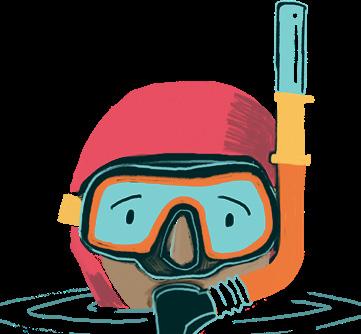
Partner with jobcentres, local authorities, or social funds to remove transport barriers — particularly in rural, field-based, or outreach roles.

Partner with community groups, schools, and colleges to create outreach and mentoring programmes.


Remove unnecessary degree requirements where experience is equivalent.

Use blind recruitment and diverse hiring panels.
Clearly outline progression pathways in job descriptions and staff inductions.
Partner with Welsh universities (e.g. Bangor, Aberystwyth) to highlight diverse students and researchers already engaging in climate, marine, and biodiversity work.
STRENGTHENING INCLUSION IN YOUR ORGANISATION

Goal:
Foster safe, supportive, and diverse work cultures where everyone can thrive.
What this looks like:



Staff feel confident bringing their full selves to work without fear of exclusion, microaggressions, or bias.
Managers model inclusive behaviour and actively challenge discrimination.
Diverse identities are respected, celebrated, and reflected across the organisation.
Practical & Innovative Solutions





Develop peer support and identitybased affinity groups: Create safe internal networks for staff with shared lived experiences (e.g. LGBTQ+, global majority, disability, working-class) to connect, advise leadership, and support wellbeing.
Decentralise recruitment:
Accept non-standard applications (e.g. video), recruit beyond traditional networks, and value lived experience alongside formal qualifications.
Create a “DEI Innovation Fund” within the organisation: Invite staff to pitch small-scale projects that improve inclusion, with ring-fenced internal funding to test and scale what works.


Appoint an Inclusion
Champion within senior leadership: Ensure DEI is not siloed within HR but held at the top, with clear accountability in performance reviews and board oversight.
Offer paid internshipto-employment pathways for underrepresented groups: Design roles that guarantee progression from a supported internship to full employment — with training, mentorship, and cost-of-living support built in.
Map access to green workspaces and community links: Audit whether your sites, field offices, or green spaces are physically and culturally accessible to all — and build local partnerships to open them up.
COMMUNITY ENGAGEMENT & ACCESS TO NATURE
Practical & Innovative Solutions
Goal:

Expand access to green spaces and involve communities in shaping environmental initiatives.
What this looks like:

Communities feel welcomed and included in activities — not treated as an afterthought or labelled as “hard to reach”.

Programmes are co-designed with local people, not just delivered to them.

Events and initiatives are physically, financially, and culturally accessible to all.

Offer nature-onprescription and wellbeing referrals: Partner with local health boards and GPs to allow people to access green engagement activities as part of mental health or wellbeing support.



Pay community members as cocreators, not just participants: Recognise the time, knowledge, and lived experience of community collaborators through stipends or short-term contracts. Build equity into the engagement process.
Embed nature activities in familiar, everyday settings: Run pop-up events in car parks, high streets, schools, or community cafés — bringing nature to people instead of expecting them to travel to it.
I deasforLocal
Connection
in W a sel membersFeaturecommunity from North WalesgroupsAfricaSocietyorsimilar alreadyinvolved in localconversations.DEI-environment

Create mobile green space hubs: Use vans, trailers, or pop-up units to deliver nature-based activities, workshops, and access to kit (e.g. binoculars, waterproofs) to rural or urban doorstep settings.
Co-design citizen science and local monitoring projects: Train local people to monitor biodiversity, water quality, or air pollution in their area — and feed into real decision-making. Build ownership and trust through shared data and storytelling.
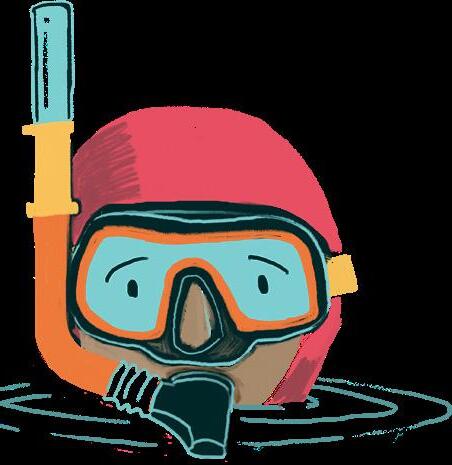
Provide free skills training tied to local jobs in nature: Use community programmes as stepping stones to green jobs, offering things like first aid, bushcraft, habitat surveying, or digital mapping skills — linked to local employment pathways.
Celebrate local culture in nature spaces: Include art, music, food, and storytelling relevant to the community to make events feel like their space — not an outsider’s programme.

Create family-first policies for events:
Offer child-friendly activities, breast/ chest-feeding spaces, quiet zones for neurodiverse attendees, and free transport or minibus pickups from local hubs.
REPRESENTATION & ENVIRONMENTAL STORYTELLING

Goal:

Ensure diverse voices and experiences are visible in environmental education, media, and decisionmaking.
What this looks like:

Campaigns, reports, and outreach reflect the true diversity of communities affected by environmental issues — not just those traditionally involved in the sector.


People of colour, disabled people, LGBTQ+ voices, and others are visible and valued in leadership, media, and storytelling roles.
Environmentalism is explored through multiple lenses — including justice, wellbeing, culture, urban space, and lived experience — not just wilderness and conservation.
Practical & Innovative Solutions
Fund and commission first-person narratives: Pay people from underrepresented backgrounds to tell their own environmental stories — through blogs, short films, zines, audio diaries, or visual art. Avoid extractive storytelling.

Build partnerships with ethnic minority and disability-led media outlets: Don’t just rely on mainstream or sector channels — collaborate with community radio, YouTube creators, newsletters, or social enterprises that already reach diverse audiences.
Host community storytelling takeovers: Hand over your social media or campaign platforms to community groups or individuals for “takeover days” where they share what environmentalism means to them.
Train and mentor community storytellers: Set up mentorship programmes to support emerging creators — especially from working-class, racialised, or rural backgrounds — to build confidence, technical skills, and platforms.
Create inclusive media guidelines: Develop internal guidance to ensure all comms and campaigns are reviewed for bias, tone, and representation — ideally co-created with staff from underrepresented groups.
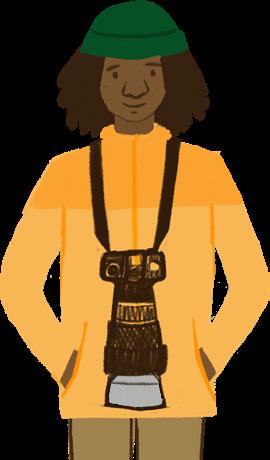
Redefine what counts as ‘environmental’: Include stories about urban gardening, food access, energy poverty, cultural land practices, or migrant farming — reflecting a fuller spectrum of environmental justice.
Use participatory photography and film: Put the camera in participants’ hands — let them document their connection with nature and place, supported by training, resources, and editing help.
Include bilingual, culturally resonant storytelling: In Wales, this could mean supporting stories in Welsh, English, and other community languages, and reflecting the specific cultural landscapes of diverse Welsh identities.
REPRESENTATION & ENVIRONMENTAL NARRATIVES


Decolonise environmental education by including Indigenous knowledge and diverse conservation leaders. Challenge stereotypes of environmentalists by promoting diverse role models in media and public campaigns.


Showcase inclusive environmental movements and history beyond the Western lens.

Ensure media and outreach efforts reflect the diversity of people engaged in environmental work.

Highlight POC leadership in environmentalism, ensuring decision-making reflects diverse communities.
1 2 3 4 5
Dr Vandana Shiva - eco-activist, writer, food sovereignty advocate, philosopher of science and physicist. She has written over 20 books. Shiva works to protect traditional agricultural knowledge, indigenous seed diversity.
Nadeem Perera - a wildlife TV presenter, author, activist and bird watcher. Cofounder of Flock Together
Dominique Palmer - Climate activist and writer- Palmer advocates for marginalised communities and educates about intersectionality within her activism, campaigning for legislation change and was part of organising the UK’s first Black Ecofeminist Summit and has spoken in UN climate change conferences.
Chico Mendes - Was a Brazilian rubber tapper, environmentalist and trade union leader who fought to preserve the Amazon Rainforest and advocate for the human rights of indigenous people.
Nemonte Nenquimo - is an Indigenous activist, author and member of the Waorani Nation from the Amazonian Region of Ecuador. She is the first female president of the Waorani of Pastaza and co-founder of the Indigenous-led nonprofit organisation Ceibo Alliance. Working to protect the Amazon from oil extraction deforestation and fighting for legislation to protect Waorani land.




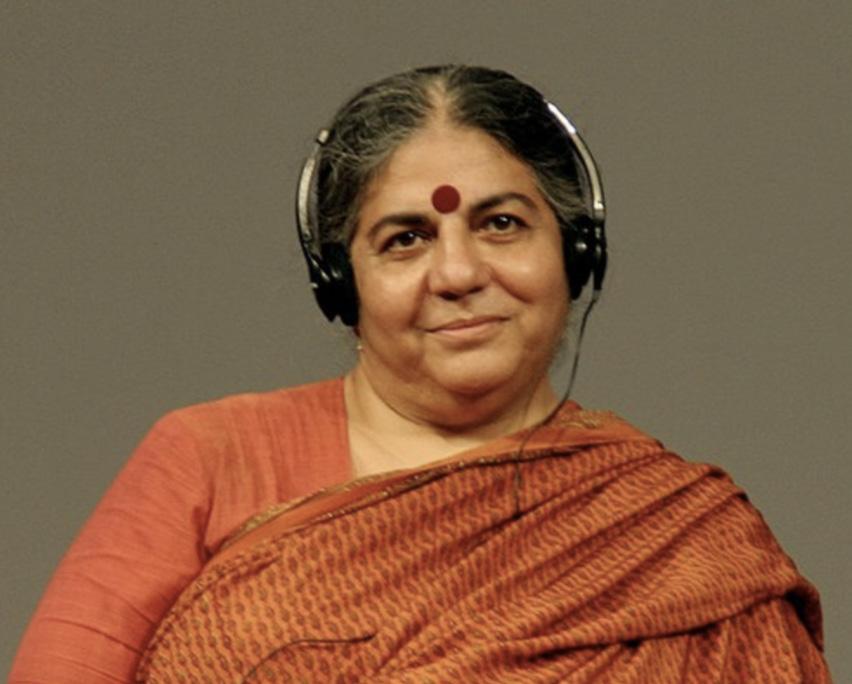




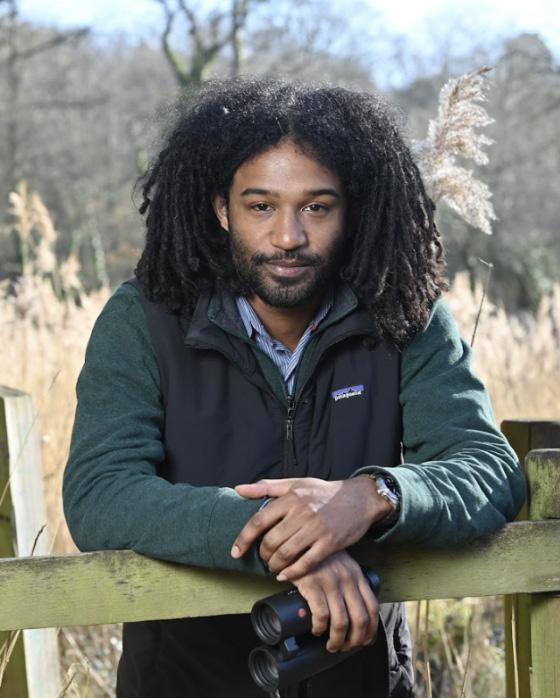

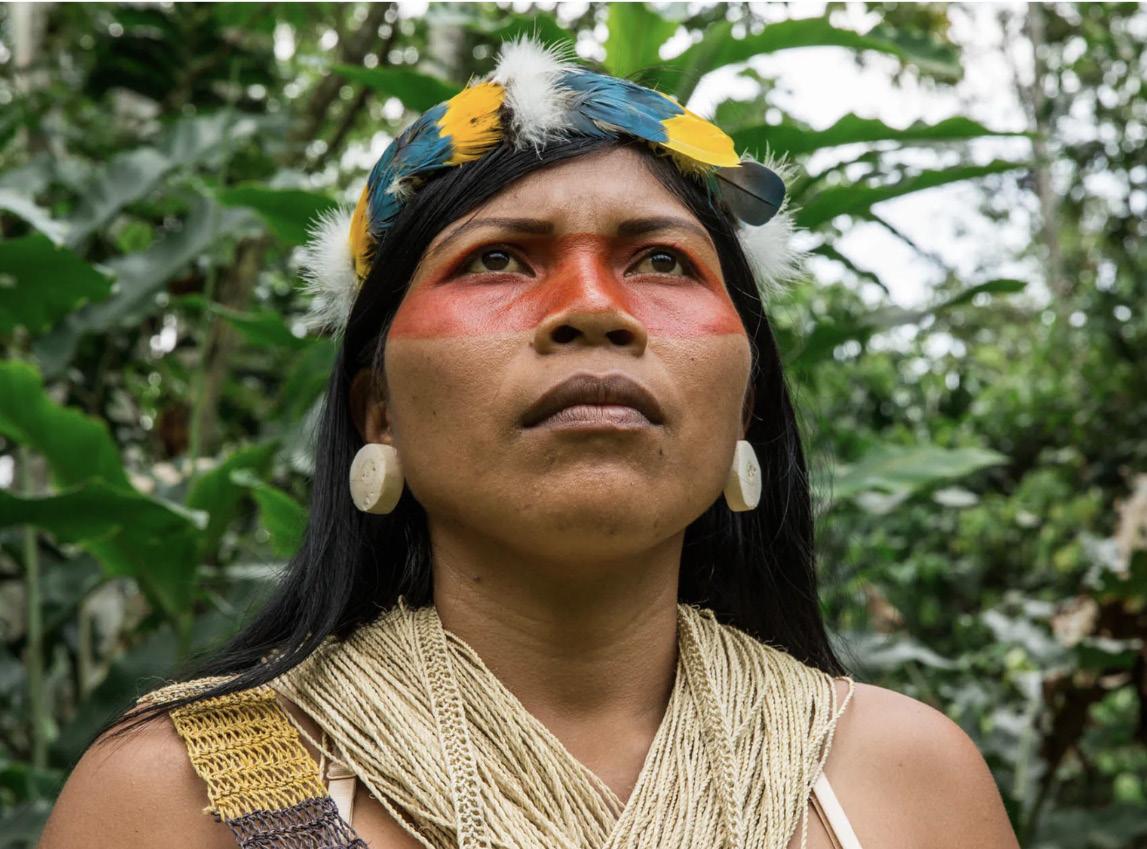

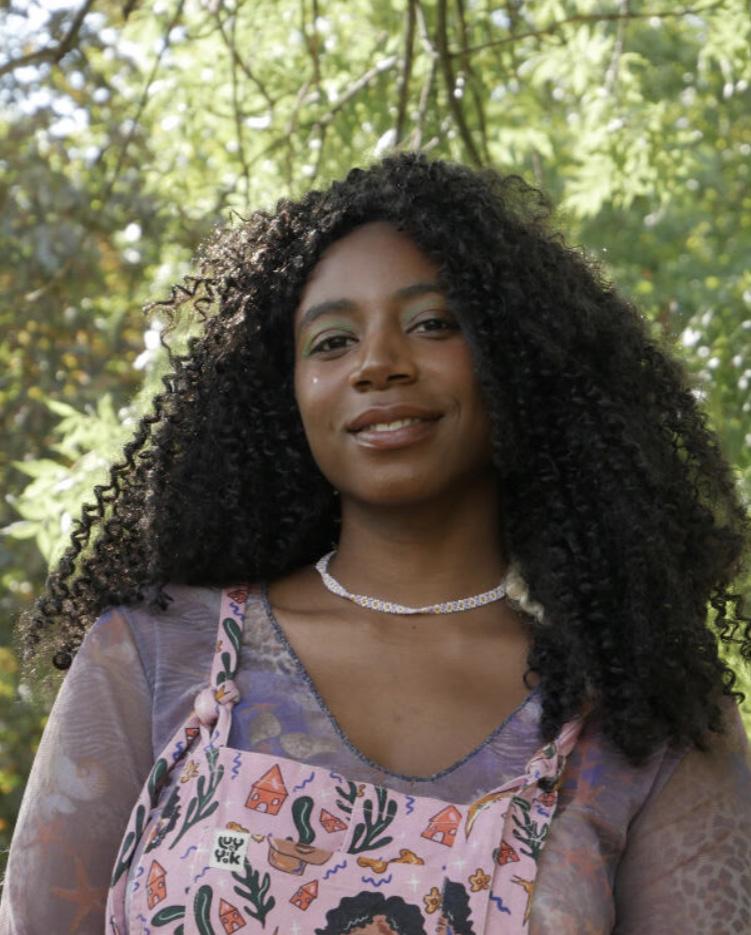

This section moves us from fair access to shared power — asking not just who’s in the room, but who sets the agenda.
PHASE 2: DEEPENING THE WORK 2
FROM INCLUSION TO TRANSFORMATION
2 Phase 2: Deepening the work
Many organisations stop at awareness training, diverse imagery, or inclusive events — all important first steps. But if we stop there, we risk reinforcing the very systems we aim to change.
Deepening the work means shifting from inclusion to power-sharing, co-design, and structural change. It’s not just about who is in the room, but who sets the agenda, who holds the budget, and who defines success.
This section invites you to look beyond internal fixes and short-term projects — and begin building models that embed justice, challenge hierarchy, and create space for shared leadership and lived experience to shape outcomes from the start. If Phase One helped organisations open the door, Phase Two is about moving out of the way, and building the new system together.
1. Reframe Inclusion
as
Power-Sharing,
Not Outreach
“How do we invite people in?”
“How do we share power, decisionmaking, and resources?”
What this means in practice:
• Set up a co-creation panel for your next project that includes a diverse cross-section of local residents who are meaningfully involved in co-designing the activities and hold equal voting power on budget and delivery.
• Allocate £5,000 micro-grants annually for grassroots groups (e.g. a refugee gardening group or Muslim hiking club) to run their own nature-based activities in their community’s style.
• When writing funding bids, include named community groups as delivery partners, and share decision-making on how funds are used.
2. Decolonise Environmental Practice
“Teach diverse groups about nature.”
“Acknowledge, value, and uplift Indigenous and migrant environmental knowledge.”
What this means in practice:
• Host workshops or storytelling walks where individuals can share how their cultures relate to land, water, and seasons — e.g. cultural planting rituals, nature-based foods, or oral histories.
• Add migrant histories to place: e.g. create a Bangor “River Memory” trail featuring stories from Afro-Caribbean residents living near the Cegin or Menai rivers.
• Audit your signage, teaching materials or interpretation boards: are they English-only and Eurocentric, or do they also include multilingual, diasporic, or decolonial perspectives?
3. Build Economic Justice into Environmental Careers
4. Redesign Engagement Around Belonging
“Open volunteering opportunities.” FROM:
“Remove structural barriers to environmental work.”
“Invite diverse communities to our events.” FROM: TO: TO:
“Design events where people feel they belong, without needing to assimilate.”
What this means in practice:
• Fund paid green traineeships for young people of colour from towns like Wrexham, Llanelli or Holyhead — not requiring a car, degree, or unpaid work experience.
• Partner with ethnic minority organisations (e.g. EYST, BAWSO, Race Council Cymru) to co-develop entry routes into river conservation or community growing, offering kit, travel support and work placements.
• Provide language support for trainees who speak English as a second language, especially around acronyms and specialist technical language.
What this means in practice:
• Work with community leaders in Wales to co-design events that reflect different needs and preferences — for example, women-only walks, culturally appropriate meals, or multilingual river cleanups.
• Plan nature events in collaboration with trusted local organisations and let them lead on invitations
• Address cultural safety head-on: ensure facilitators are trained in anti-racism, provide inclusive spaces (such as for prayer or dietary needs), and make it clear that discrimination will not be tolerated.
5. Hold the Sector and Your Organisation Accountable
FROM: TO:
“We did our DEI training.”
“We report publicly on who holds power — and shift it.”
What this means in practice:
• Publish an annual racial equity dashboard: % of staff, trustees, volunteers, and trainees from racially minoritised backgrounds in your organisation.
• After events or projects, collect anonymous feedback forms in multiple languages asking: “Did you feel welcome?” “Did this reflect your identity?” “What’s missing?”
• Build an alliance of Welsh eNGOs committed to racial justice — sharing data, holding each other accountable, and pushing funders to support longterm inclusion work (not just 6-month projects).
LANGUAGE EQUITY AUDIT PROMPTS
Prompt teams to reflect on everyday language that may produce power imbalances.
Do we say “hardto-reach” rather than “historically excluded”?
Do we name racism or hide behind vague terms?
Are we unintentionally centering whiteness in our storytelling?
Why it works:
Language shapes culture.
This isn’t about ticking boxes. It’s about tearing down walls — and rebuilding what comes next.
3
PHASE 3: INTEGRATION & CO-OWNERSHIP
REBUILDING THE SYSTEM - TOGETHER
3 Phase 3: Integration & Co-Ownership
Phases One and Two focus on making space — first through inclusion, then by sharing power.
But real, lasting change happens when diverse communities don’t just access or influence the sector — they help shape, run, and redefine it.
Phase Three is about deep integration: embedding racially and ethnically diverse people, cultures, and knowledge into the heart of the environmental movement in Wales. It’s a shift from inviting others in to co-owning the system together.
Goal: Rebuild the environmental sector so that racially and ethnically diverse communities are fully integrated, leading, and shaping the system — not just included in it.
This phase is about moving beyond collaboration into shared ownership, co-governance, and blended cultural leadership. Diverse people, knowledge, and power are no longer ‘invited in’ — they’re embedded in how the system works.
Embedding justice into the core of environmental organisations - not as a bolt-on, but as a shared blueprint:
Shared Leadership Structures
Move beyond tokenism to cogovernance.
Leadership must reflect the full breadth of communities you serve — and share real power.
Example: A national Welsh nature charity adopts a joint leadership model, where racially minoritised leaders are recruited through an equity-centred process, supported with long-term mentorship and decisionmaking power. The charity also embeds an Equity Advisory Board with voting rights on strategy, resourcing, and accountability.
This ensures equity isn’t siloed in HR or outreach — it’s structurally built in.
Integrated Programmes and Place-Making
Design from the ground up, not bolted on after the fact.
True integration means involving communities from day one — in setting priorities, shaping language, and co-owning outcomes.
Example: A wetland restoration in rural Ceredigion is co-designed by local farmers, Somali growers, and Welshspeaking youth. The project reflects multiple relationships with land — combining ecological science, migration histories, and cultural planting practices into a shared vision.
Culturally Mixed, Public-Facing Teams
Frontline staff reflect the real communities of Wales — and bring wider life experience to the work.
Example: “We’re proud to work with Welsh outdoor leaders from Black and Arab communities, who bring rich life experience and multilingual delivery — in English, Welsh, and Arabic — to create spaces where everyone feels seen, heard, and welcome.”
Blended Knowledge Systems
The sector brings together Indigenous, diasporic, and traditional Welsh ways of understanding nature — recognising all as valid forms of knowledge alongside scientific approaches.
Example: By valuing diverse ways of knowing, our climate strategy draws equally on technical expertise and community-rooted traditions — including intergenerational weather knowledge, plant-based healing practices, and ecological wisdom — to build more resilient, inclusive solutions.
Fostering equity in land, funding, and governance for long-term change:
Community-Owned Environmental Projects
Transfer real ownership, not just temporary involvement.
Example: Transfer the legal stewardship of a restored woodland, wetland, or community garden to a local group with long-term roots in the area — led by residents from racially and ethnically diverse backgrounds. Ensure legal agreements protect community control, public access, and meaningful leadership for future generations.
Support New Ethnic MinorityLed Environmental Organisations
Back new leadership — not just diversify existing structures.
Example: Incubate and fund new environmental CICs or charities founded and led by racially minoritised communities in Wales. Provide core funding, governance training, and longterm mentoring to build strong, self-determined organisations — not just project-based partnerships..
Shift Funding Power to Communities
Create joint ownership models grounded in justice.
Example: Develop cooperative land trusts that bring together Welshspeaking communities, migrant growers, and refugee-led food projects — rooted in shared land access, cultural connection, and mutual stewardship, not competition.
Align with Policy and Systems Change
If we don’t challenge the system, we replicate it.
Example: Publicly support campaigns led by groups such as EYST, Race Alliance Wales, and TGP Cymru that call for systemic reforms to land access, housing, climate justice, and funding equity — even when this means challenging the comfort of traditional funders or established sector allies.
Why this matters:
This final tier of action represents the real tipping point — where justice work shifts from inclusion to legacy. When communities own land, control budgets, and lead policy change, they stop being participants — and become architects of the environmental future.
Shifting the Funding System — Steps
eNGOs Can Take
Integration and co-ownership are not short-term outcomes — they are the result of long-term investment in trust, accountability, and shared control. This kind of deep relational work cannot — and will not — emerge from 12-month, output-driven project cycles. Short-termism actively undermines inclusion efforts, forcing community partners to adapt to rigid timelines and priorities that were rarely designed with them in mind.
To reach meaningful co-leadership and structural equity, environmental organisations require at least three years of stable, relationship-based funding — ideally longer.
This must support:
• Community-led programme design
• Shared governance models
• Lived experience leadership embedded at all levels
This is not a radical ask — it aligns with established research from participatory grantmaking, community organising, and justice-led philanthropy, all of which emphasise that trust-based partnerships take time and flexibility to flourish (see: PRE, GrantCraft, NPC, Involve UK).
Justice work is not a side project — it is the blueprint for building a resilient, representative environmental movement. The idea that transformation can be delivered on limited-time grants, with fixed deliverables, reflects the same system that created exclusion in the first place.
“Lasting change doesn’t come from one-year projects. It comes from long-term relationships, shared leadership, and the courage to challenge the systems that hold the power — including the funders.”
Shifting the Funding
System — Steps eNGOs Can Take: Worksheet
If we want a just, representative environmental movement in Wales, the way we fund inclusion work must change. Integration, trust, and shared ownership cannot happen on 12-month timelines or under rigid deliverables. Funders must be part of the solution — and eNGOs can help lead that shift.
Here are concrete steps your organisation can take to start changing how funders think, design, and deliver support:
1. Start the conversation
Open up honest dialogue with funders — not just about your outputs, but about what’s limiting your impact. Share where short timelines or inflexible KPIs have undermined trust-building or community partnerships.
Frame it as: “Here’s what we’re learning — and what would make it possible to do this properly.”
2. Make the case for long-term, relationshipbased funding
Explain that inclusion and integration work requires 3+ years of stable support, especially when working with communities who’ve been historically excluded.
Back it with evidencefrom your own projects, community voices, and wider research (e.g. PRE 2019, NPC 2020, Lankelly Chase).
3. Propose a pilot or phased funding model
Rather than asking for everything at once, suggest a phased grant that includes:
Year 1 : Paid relationship-building and co-design with communities
Year 2 : Shared delivery and capacity-building
Year 3: Community-led leadership and sustainability planning
Offer to co-develop the structure with the funder and embed learning into every phase.
Challenge outcome-driven reporting
Explain how rigid deliverables often distort justice work. Propose alternative reporting methods that reflect depth, not just numbers:
• Case studies and personal stories
• Reflective learning reports
• Community scoring or participatory evaluation
• Workshops or lived experience panels

Join with others to call for sector-wide reform
This isn’t just your challenge — it’s shared. Collaborate
with other eNGOs, social justice organisations, and funder allies to campaign for more equitable funding models across Wales and the UK.
BLUEPRINT
We can’t build long-term inclusion on short-term thinking.
If we want community ownership and integrated systems, then we must challenge the very funding models that maintain inequality. These steps won’t shift the system overnight — but together, they form the blueprint for real, lasting change.


JUSTICE IS THE WORK Justice is the work
Environmental justice isn’t an extra strand of our mission — it is our mission.
From climate breakdown to biodiversity loss, the root causes of environmental harm are bound up with inequality, colonialism, racism, and exclusion. Tackling one without the other isn’t just ineffective — it’s unjust.
This guide lays out a clear path:
1
2 3
Phase One: Foundations — fairer access and visible inclusion
Phase Two: Power sharing and structural redesign
Phase Three: Integration, co-ownership, and systemic transformation
To get there, we must:
• Let go of gatekeeping
• Fund differently
• Lead together
• Reimagine how we relate to land, nature, and each other
This is not a checklist. It’s a commitment to work that is long, relational, and sometimes uncomfortable — but always necessary. The sector doesn’t need more DEI statements. It needs courage, collaboration, and structural change.
Let’s stop asking who we need to include — and start asking what we need to transform.
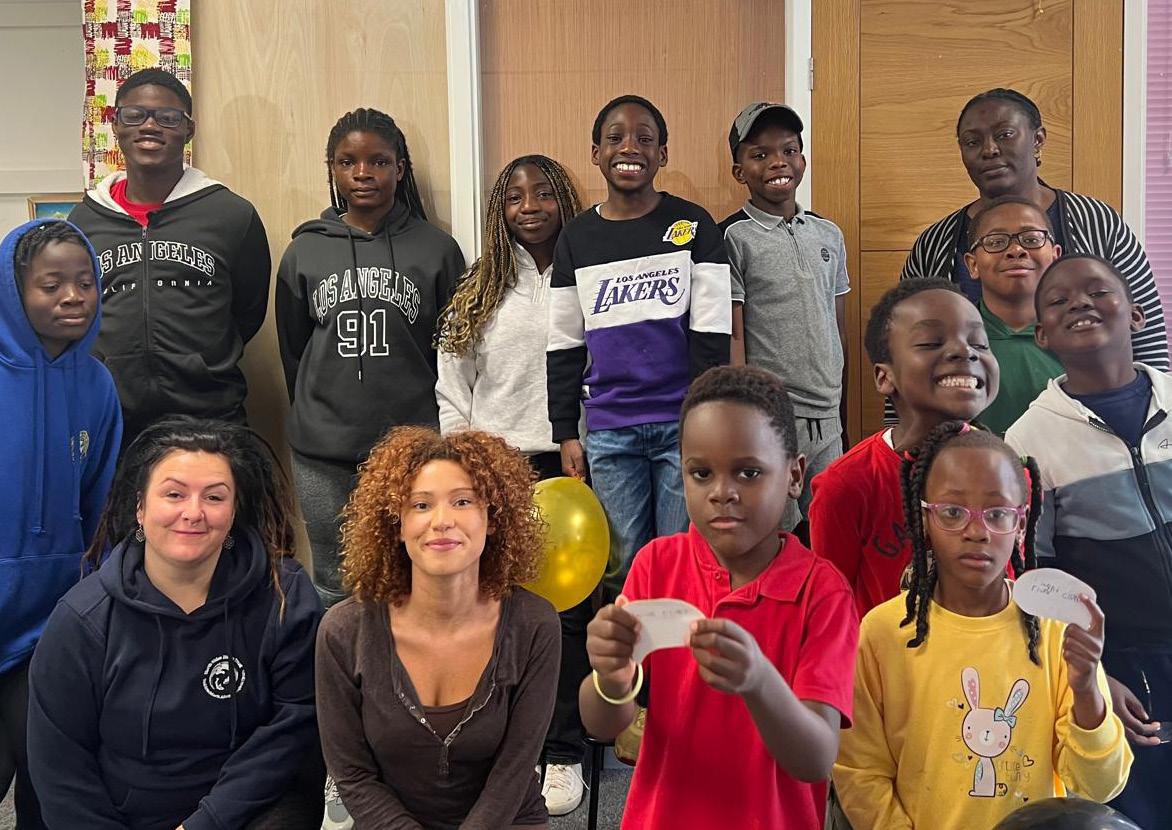
This isn’t a diversity project. It’s a call to rebuild.
We don’t want seats at the table. We want to reshape the room.
No more bolt-ons. No more one-year grants.
Just justice. Community power. And a sector that finally looks like all of us. This is the shift.
Are you in?

FOR POLICY & FUNDERS What this guide means for
WHAT THIS GUIDE MEANS
policy & funders
EMBEDDING RACIAL EQUITY IN THE ENVIRONMENTAL SECTOR IN WALES
This guide sets out a practical, phased approach to embedding racial equity into environmental work in Wales — from fair access, to power sharing, to community ownership. But none of this is possible without structural change in the way environmental action is funded, designed, and led. The sector cannot become more representative while operating on short-term grants, extractive engagement, and inherited hierarchies.
We’re calling for:
1. Longer-term, relationshipbased funding models. Justiceled environmental work must be supported by funding that lasts. We recommend minimum 3-year grants that fund co-design, shared governance, and lived experience leadership — with flexibility built in.
2. Funding new Black- and ethnic minority-led environmental organisations. To create a truly representative sector, funders must support the growth of new, community-rooted organisations, not just diversify existing ones. This means offering incubation support, core funding, governance mentoring, and networks.
3. Power-sharing in programme design. Marginalised communities must be resourced to lead the design and delivery of projects. We recommend funders adopt participatory grantmaking principles:
• Community-led priorities
• Shared decision-making panels
• Flexible reporting
• Direct grant transfer (not subcontracting)
4. Align with national equity goals. This guide helps operationalise key Welsh Government policy aims:
• The Well-being of Future Generations (Wales) Act 2015 — especially goals around equality, cohesive communities, and a resilient natural environment.
• The Anti-Racist Wales Action Plan — including commitments to equitable access to land, nature, and funding for racialised communities.
• The RACE Report — which evidences that environmental charities remain structurally unequal and underdiversified at all levels.
• Race Alliance Wales’ policy demands — particularly around direct funding, representation, and ownership.
Gap analysis: where environmental justice is missing in Wales
Despite positive commitments to equality and inclusion across Welsh Government, several key environmental strategies still lack a coordinated focus on justice — particularly in relation to race, language, land access, and funding power.
Natural Resources Wales (NRW)
NRW references inclusion in its corporate strategy, but has no dedicated environmental justice framework. There is no strategic approach to racial equity, language access, or land justice embedded across its programmes.
Local Nature Recovery Plans
These plans focus mainly on species and habitat outcomes. Most lack actions around Welsh language, racial equity, or community ownership, and rarely involve co-design with underrepresented groups.
Public Sector Procurement & Grantmaking
Although Wales has progressive procurement policy in principle (e.g. Wellbeing of Future Generations Act), equity and racial justice outcomes are not consistently embedded, applied, or monitored in environmental grant contracts or land-based delivery.
Why this matters:
Environmental justice cannot be delivered without structural change — in governance, funding, and access. At present, Wales has no coordinated environmental justice strategy.
This guide offers a starting point for closing that gap — practically, equitably, and in collaboration with the communities most often excluded.
Justice work is not a bolton — it’s the blueprint. We invite all funders and policy makers to work with us to build a sector that reflects the people of Wales — and is led by them too.

RESOURCES & INSPIRATION Resources & inspiration
WHERE
ARE YOU IN YOUR EQUITY JOURNEY?
What’s your next step?
Pick one area you’ve marked red, and commit to one action in the next 3 months.
Download and print this form here:

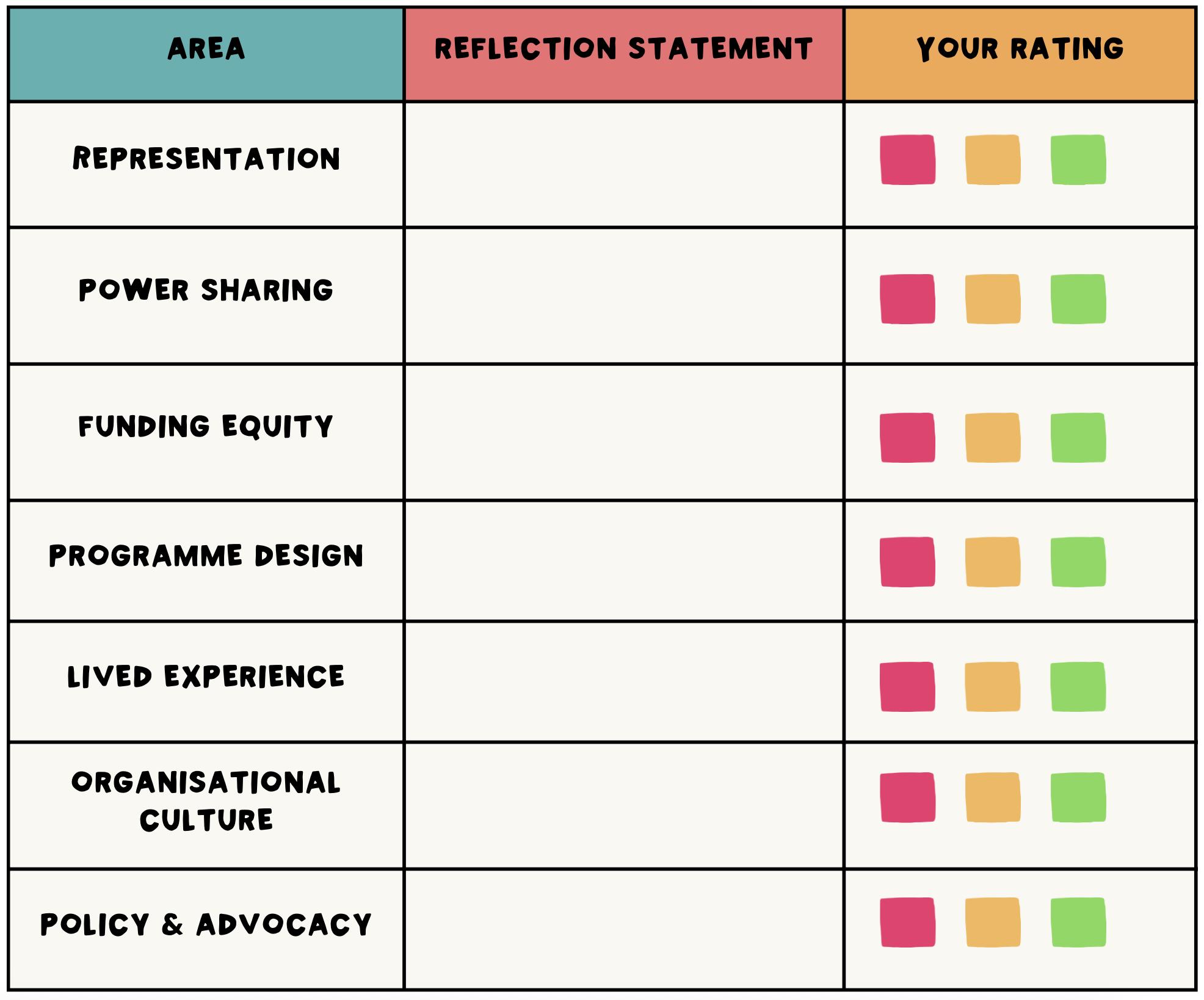
ACTION PLAN TEMPLATE
Use this template to turn learning into accountable action. You can use it across your team, board, or project partnerships.

Use these questions as prompts for honest team conversations — in staff meetings, workshops, or away days.
Who holds decision-making power in our organisation — and who doesn’t? Why? Where does our project design process start — with communities, or with funders? When have we worked in ways that redistributed power? What did that look like? What assumptions do we make about the communities we serve? Are those fair? Who defines success in our work? Who gets to decide what matters? What are we most afraid to say or ask when it comes to race, equity, or privilege? What’s one thing we could do this year to shift power in a tangible way?






INSPIRATION: WHO IS DOING GREAT WORK IN THIS SECTOR ALREADY?
Climate Cymru Ethnic Minorities Group (Wales, UK)
The Climate Cymru Ethnic Minorities Group works to ensure that voices from racially marginalised communities are central to climate action in Wales. Through consultation, storytelling, and advocacy, they connect climate justice with lived experience and promote inclusive environmental policymaking.
Kiran
Cymru
(Wales, UK)
Kiran Cymru supports South Asian and other minority ethnic women across Wales through advocacy, empowerment, and cultural programming. With a growing focus on sustainability and wellbeing, the group encourages environmental awareness through community engagement, heritage, and food sovereignty projects.
Black2Nature (UK-wide)
Founded by birdwatcher and activist Dr. Mya-Rose Craig (Birdgirl)
Running nature camps and safe spaces for young people of colour to experience the outdoors, tackle racism in the sector, and advocate for greater visibility and leadership.
Colourful Heritage & NatureScot Traineeships (Scotland)
Providing paid placements, qualifications, and mentoring to young people from ethnic minority backgrounds to build careers in nature and conservation.
Action for Conservation (UK)
Offering youth mentoring, school programmes, and leadership camps specifically designed to connect marginalised young people to environmental action. Their WildED and Penpont Project empower youth as climate leaders.
Generation Green (England)
Led by: The Access Unlimited coalition (including YHA, Scouts, Outward Bound Trust, and others)
Delivering inclusive green job training, residential experiences, and placements to over 100,000 young people, many from underrepresented or disadvantaged backgrounds.
Muslim Hikers (UK)
Organising inclusive hikes and outdoor events for the Muslim community, breaking down cultural and safety barriers to accessing national parks and rural landscapes.
North Wales Africa Society (Wales, UK)
The North Wales Africa Society celebrates African heritage while advancing racial equality, education, and cross-cultural understanding in North Wales. Through events, partnerships, and community development, the group connects global identity with local sustainability and climate resilience.
Flock Together (UK/Global)
A collective reconnecting Black and Brown people with nature through birdwatching and community walks, challenging the assumption that nature spaces are white-dominated and fostering joy in the outdoors.
Diverse Sustainability Initiative (UK)
IEMA and a coalition of sustainability professionals
Working to diversify the sustainability sector, improve representation in leadership, and tackle recruitment and retention barriers through pledges, data, and industry guidance.
Sub-Saharan Advisory Panel (SSAP) (Wales, UK)
The Sub-Saharan Advisory Panel (SSAP) is a collective of African diaspora groups and individuals working to influence policy, support international development, and drive inclusion across Wales. SSAP links global justice with local action— advocating for climate, race, and gender equity in all areas of public life.
INSPIRATION FROM WALES & THE UK
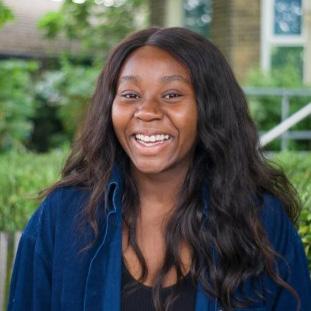
Daze Aghaji
London, UK
Youth climate justice activist with Nigerian heritage.
Known for her work with Extinction Rebellion and campaigning on climate and racial justice, often advocating for emotional resilience and community care in activism.
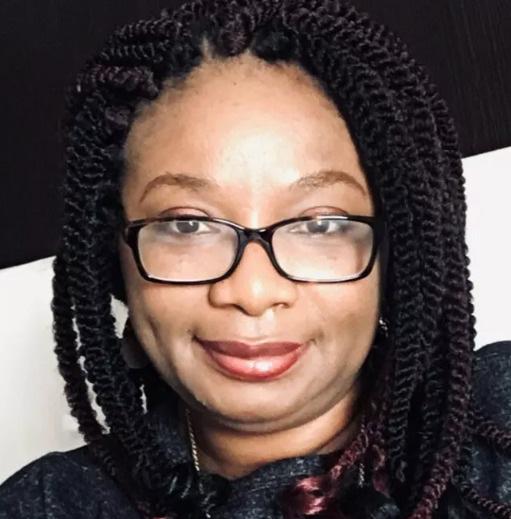
Dr Salamatu Fada
Wales, UK
A conservation biologist, educator, climate action specialist, international development specialist, charity owner, politician, and mother with over 20 years of research and practice experience in academia, the third sector, and consultancy roles for governments and businesses in Africa and the UK.

Ali Abdi, BEM
Wales, UK
A Cardiff-based community organiser and youth advocate. He works with Cardiff University to build bridges with local communities and leads Race Council Cymru’s BAME Youth Forum. Ali was awarded a British Empire Medal for his services to ethnic minority communities in Wales.

Aneesa Khan
UK
Climate justice activist and writer of Indian heritage, involved in Loss and Damage advocacy and environmental equity work.
She bridges climate science and social justice, representing youth at UN climate negotiations.


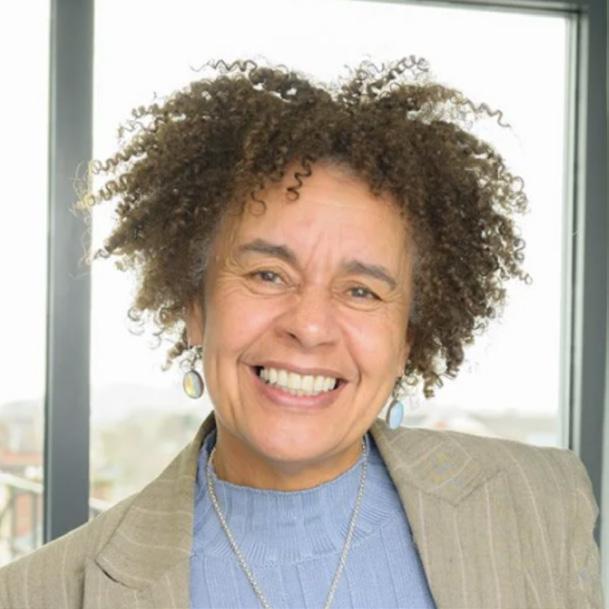
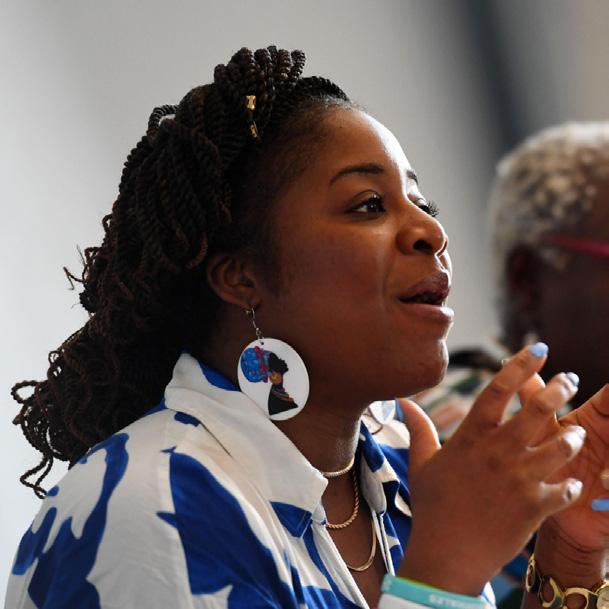
Dr. Mya-Rose Craig (Birdgirl)
Bristol, UK / WelshBangladeshi heritage
A prominent young ornithologist, activist, and founder of Black2Nature, which organises nature camps for young people of colour.
She was the youngest person in the UK to receive an honorary doctorate (from Bristol University) for her work on diversity in conservation.
Strong links to both Wales and wider UK environmental policy discussions.
Tayshan
Hayden-Smith
London, UK
Founder of Grow2Know, a community gardening initiative born after the Grenfell tragedy.
Uses urban greening to engage underrepresented communities, particularly Black and working-class youth.
Advocates for racial justice, nature connection, and inclusive environmental design.
Wales, UK
Suzanne Duval is a DEI leader at Diverse Cymru, driving race equality and cultural competence across public services.
She champions equitable access to health, arts, and community life, supporting organisations to embed inclusive practice and empower underrepresented people across Wales.
Nkechi AllenDawson
Wales, UK
Nkechi Allen-Dawson is a passionate advocate for equity and inclusion in education and beyond.
She leads on Diversity, Inclusion and Well-being at Coleg Gwent and is an active figure in Black History Wales, working to celebrate Black heritage and challenge inequality across Welsh communities.
Suzanne Duval

Uzo Iwobi CBE
Wales, UK
The founder and CEO of Race Council Cymru and a leading voice for race equality in Wales.
A former specialist adviser to the Welsh Government, she has dedicated her career to human rights, education, and inclusion. Recognised with a CBE for her services to racial justice, Uzo continues to shape policy and empower communities across Wales.
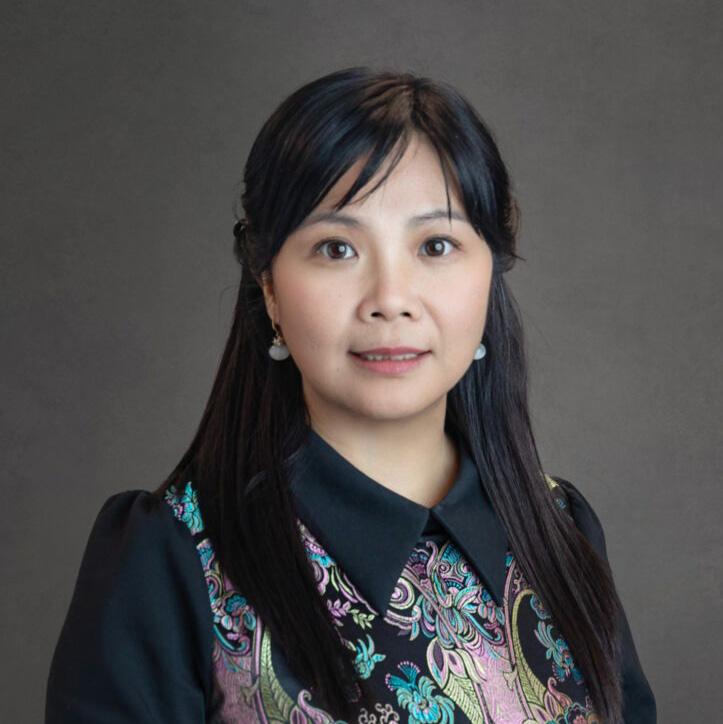
Shirley Au-Yeung
Wales, UK
A dedicated community advocate with the Chinese in Wales Association (CIWA).
She works to support the well-being, representation, and integration of Chinese and wider East Asian communities in Wales, promoting cultural understanding and inclusive community engagement.
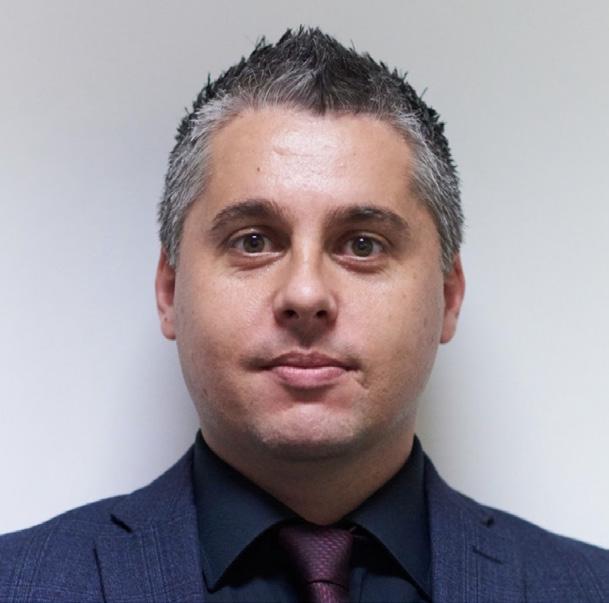
Isaac Blake
Wales, UK
Isaac Blake is Director of the Romani Cultural and Arts Company, promoting the heritage and creativity of Romani people in Wales.
A champion of cultureled change, he brings attention to the lived experiences and land-based traditions of marginalised communities.
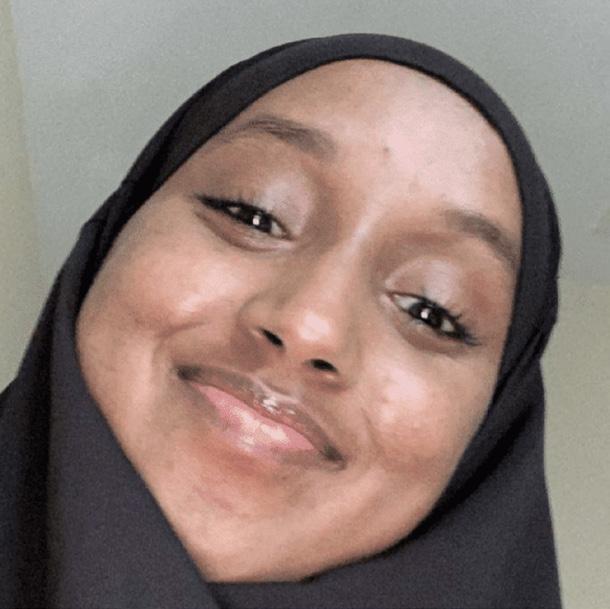
Mymuna Soleman
Wales, UK
Mymuna Soleman is the founder of the Privilege Café, a space for honest conversations on race and identity in Wales. She uses dialogue, education, and storytelling to break down barriers and push for inclusive representation in all areas of Welsh life.
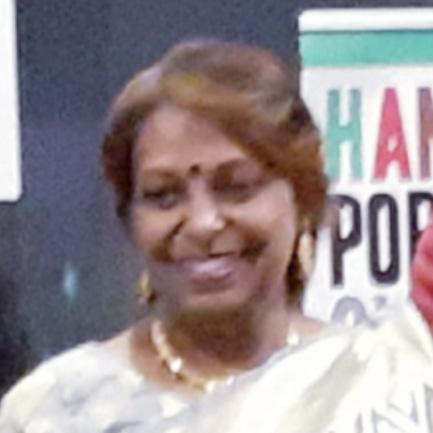
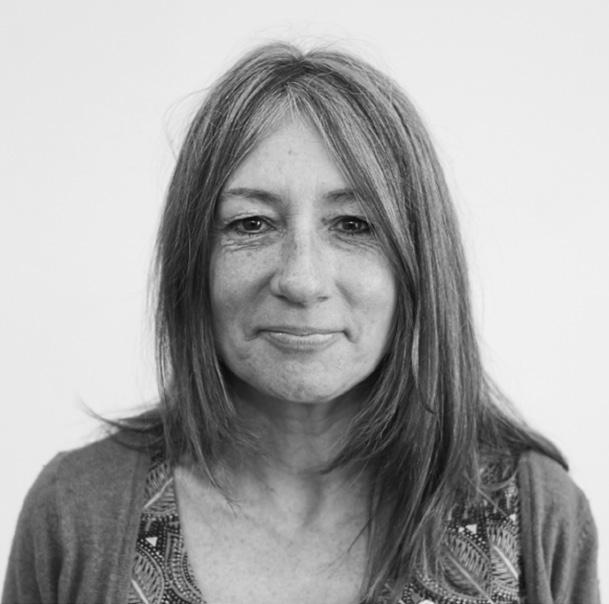
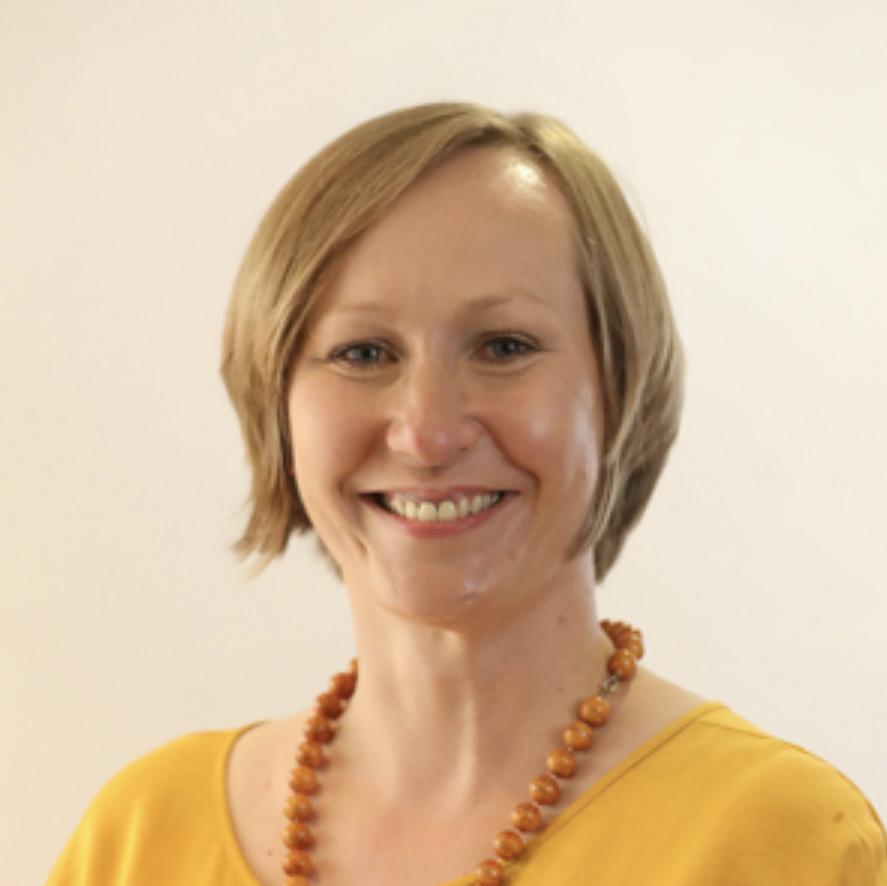

Tamasree Mukhopadhyay
Wales, UK
Tamasree Mukhopadhyay is a community leader with Kiran Cymru, supporting South Asian and minority ethnic women across Wales.
She champions cultural inclusion, wellbeing, and empowerment—often through nature-based activities, intergenerational learning, and sustainable community engagement.
Trudy Aspinwall
London, UK
Trudy Aspinwall leads the Travelling Ahead advice and advocacy service, supporting Gypsy, Roma and Traveller communities across Wales.
She works to uphold rights, tackle discrimination, and ensure access to services, land, and public spaces—amplifying voices too often excluded from environmental and social justice conversations.
Alicja Zalesińska
– Tai Pawb
Alicja Zalesińska is Chief Executive of Tai Pawb, a national charity promoting equality and social justice in housing across Wales.
She leads work on inclusive, sustainable communities— championing the right to safe, affordable housing and green spaces for people of all backgrounds and abilities.
Professor Emmanuel Ogbonna
-Antiracism Wales Plan
Wales, UK
Professor Emmanuel Ogbonna is a leading academic and co-author of the Anti-Racist Wales Action Plan. Based at Cardiff Business School, he works to embed anti-racism across Welsh public institutions, advocating for structural change that includes environmental, economic, and social justice for marginalised communities. to celebrate Black heritage and challenge inequality across Welsh communities.
RESEARCH LINKS
Published academic research:
• Agyeman, J. (1990). Black people in a white landscape: A study of the relations of black people to the British countryside. Journal of Environmental Planning and Management, 33(4), pp. 481–492.
• Morris, N. (2003). Black and minority ethnic groups and public open space: Literature review. Edinburgh: OPENspace Research Centre.
• Nelson, R.G., Rutherford, D.L., and Harwood, S.A. (2017). Mentoring and Retention of Underrepresented Groups in Ecology and Environmental Fields. Ecology and Society, 22(4), 20.
• Policy Exchange. (2017). Academic Diversity: Perspectives from the Geosciences.
• Primack, R.B., Martine, C.T., and Losos, E.C. (2023). The Equity and Inclusion Crisis in Ecology: How to Recruit and Retain a Diverse Workforce. Frontiers in Ecology and the Environment, 21(1), pp. 4–11.
• Robinson, J.M., Jorgensen, A., Cameron, R., and Eames, C. (2023). Barriers and enablers to green space use for ethnic minority groups: A review. Urban Forestry & Urban Greening, 81, 127837.
NGO Reports / Campaigning Organisations:
• Friends of the Earth. (2020). England’s Green Space Gap.
• Ramblers/YouGov. (2020). Access to Green Space Survey Results. Ramblers Association.
• Green Space Index. (2024). The State of Green Space in Wales. Fields in Trust.
• The Community Green Report. (2004). What the public tells us about their local green spaces. CABE Space.
• The Race Report. (2023). Ethnic Diversity in the Environmental Sector.
• Urban Green Nation. (2010). Building the evidence base. CABE Space.
Government publications / official statistics:
• Office for National Statistics. (2020). Access to gardens and public green space in Great Britain: 2020.
• Platts, L. (2015). Ethnicity and Family: Relationships within and between ethnic groups. UK Government Ethnicity Facts and Figures.
Let’s Build the Sector We Need
This isn’t a checklist — it’s a commitment. It’s not about inclusion at the edges. It’s about shifting the centre. If you’re ready to move from intention to action — from consultation to co-creation — we’re here to help. Get
Want support on your equity journey?
North Wales Rivers Trust offers bespoke DEI workshops, strategy sessions, and facilitated learning for environmental organisations and partners across Wales and the UK. Create a movement that’s not just about natur e, but justice — representative, community-led, and rooted in real power-sharing.
